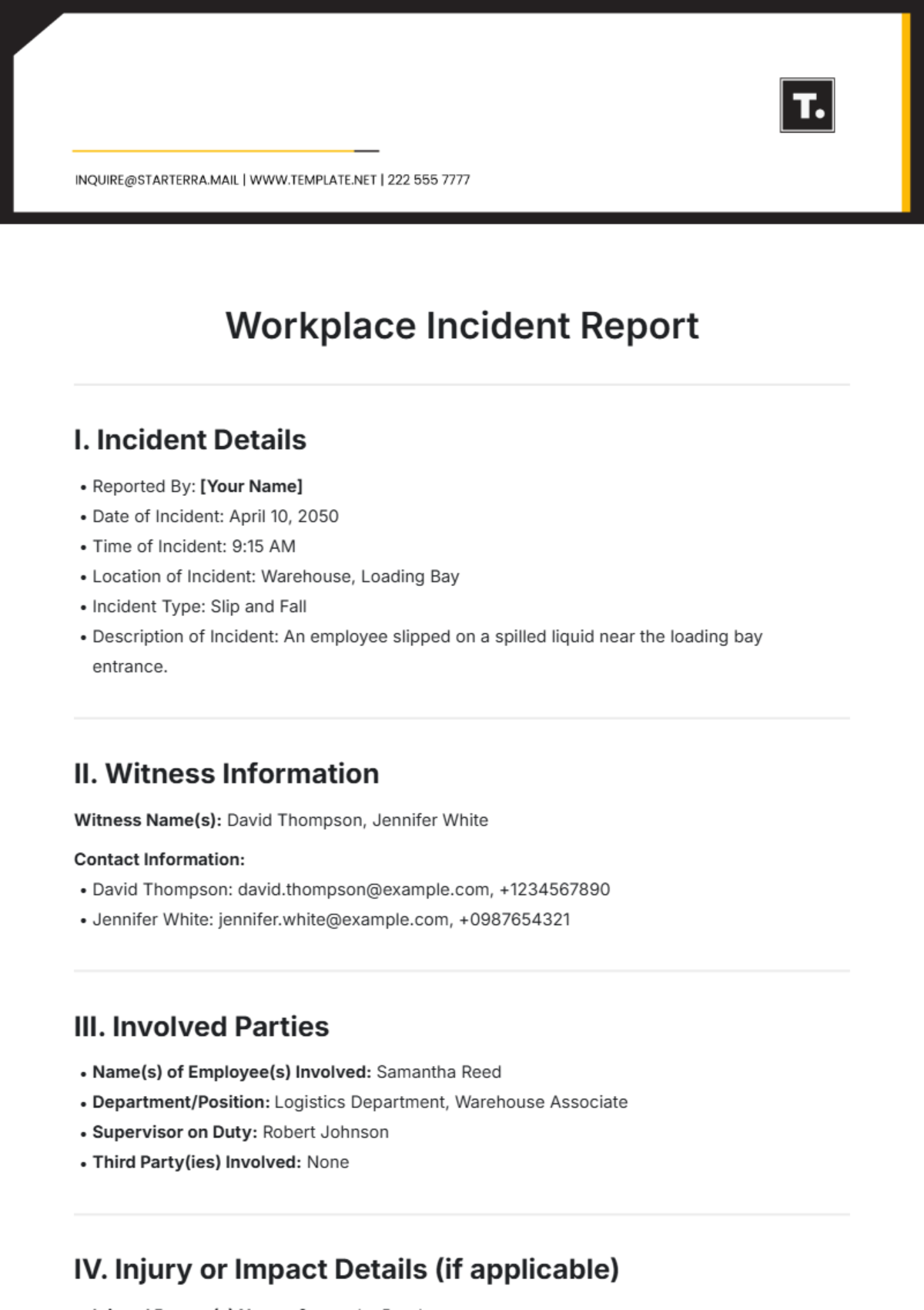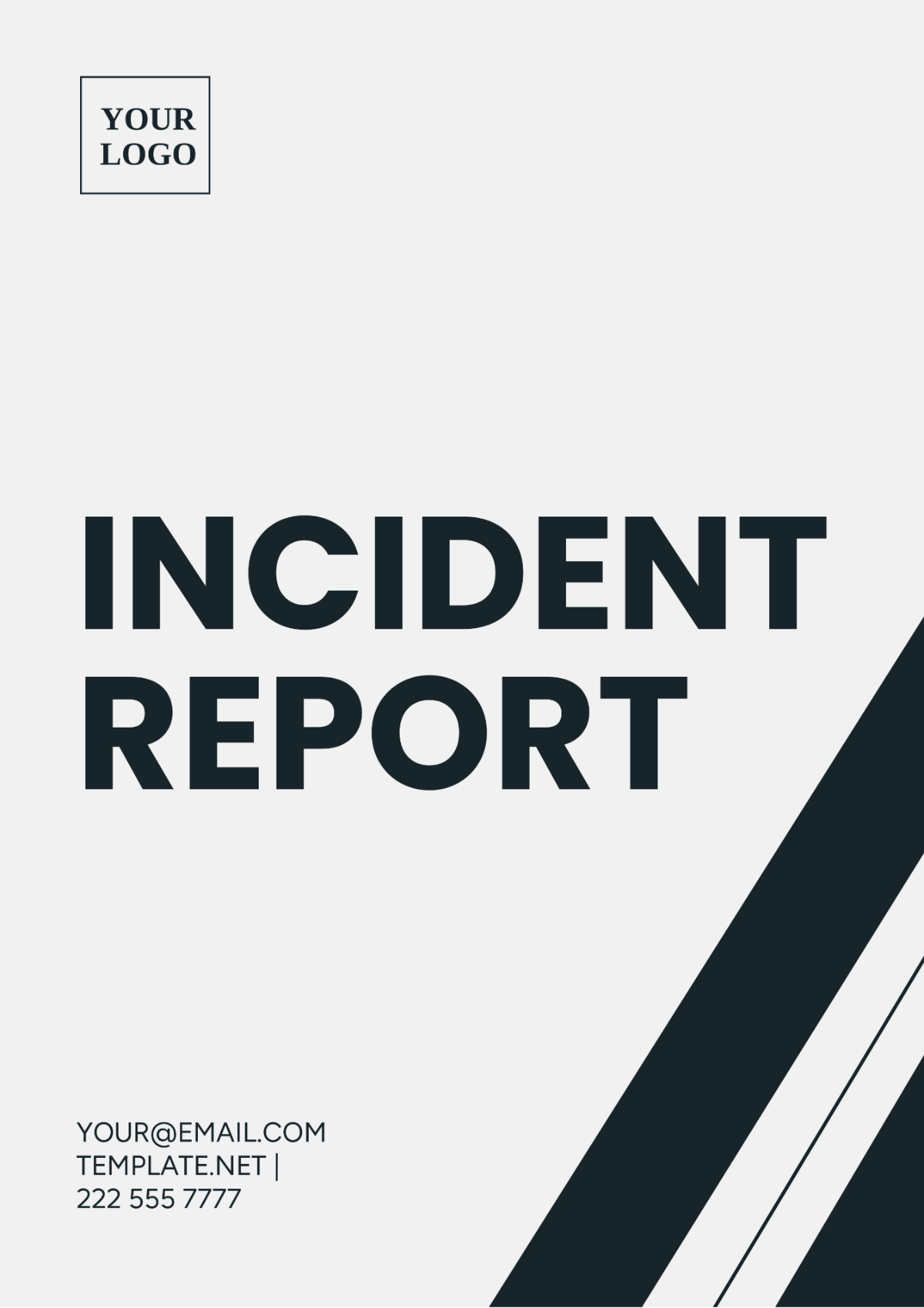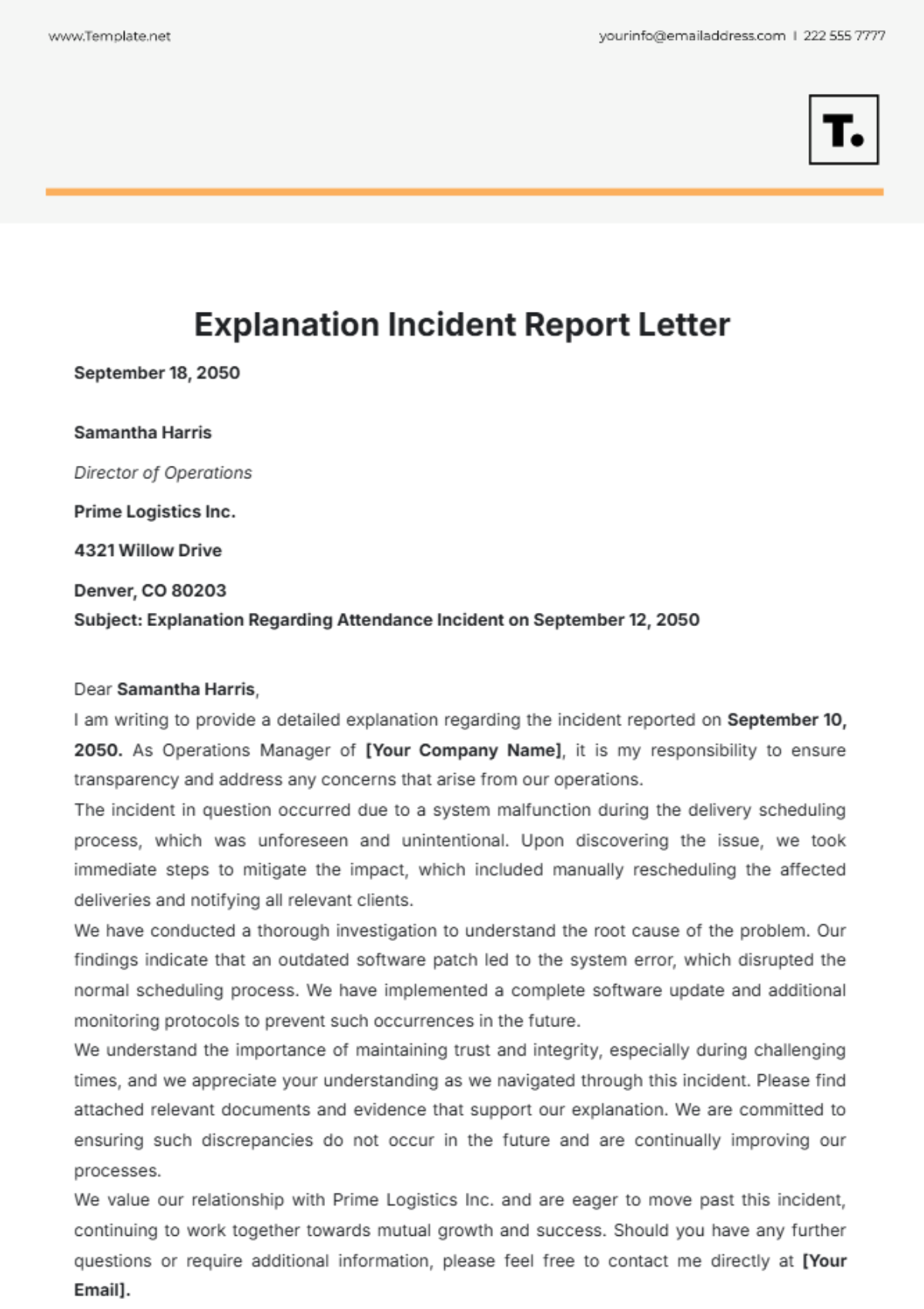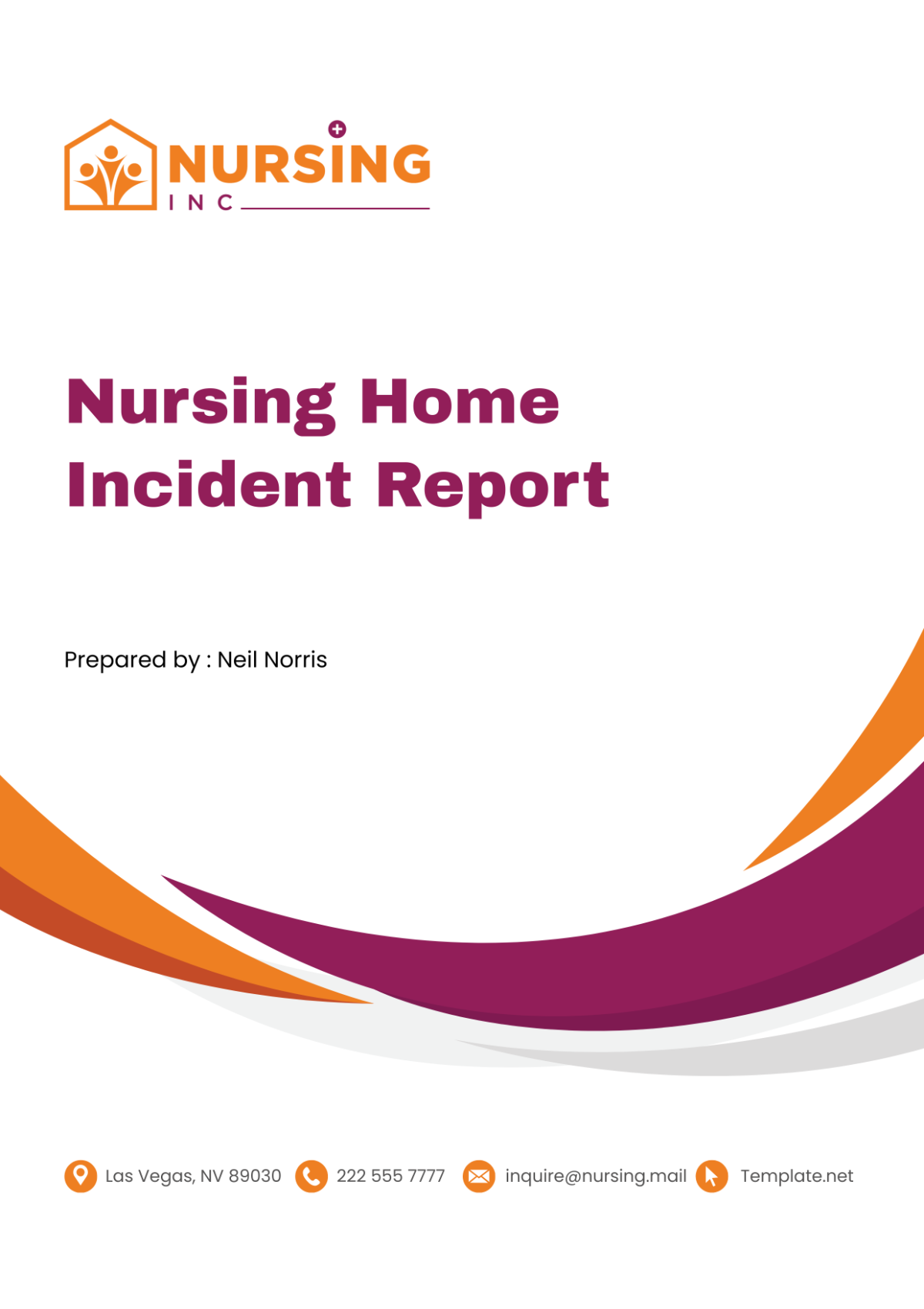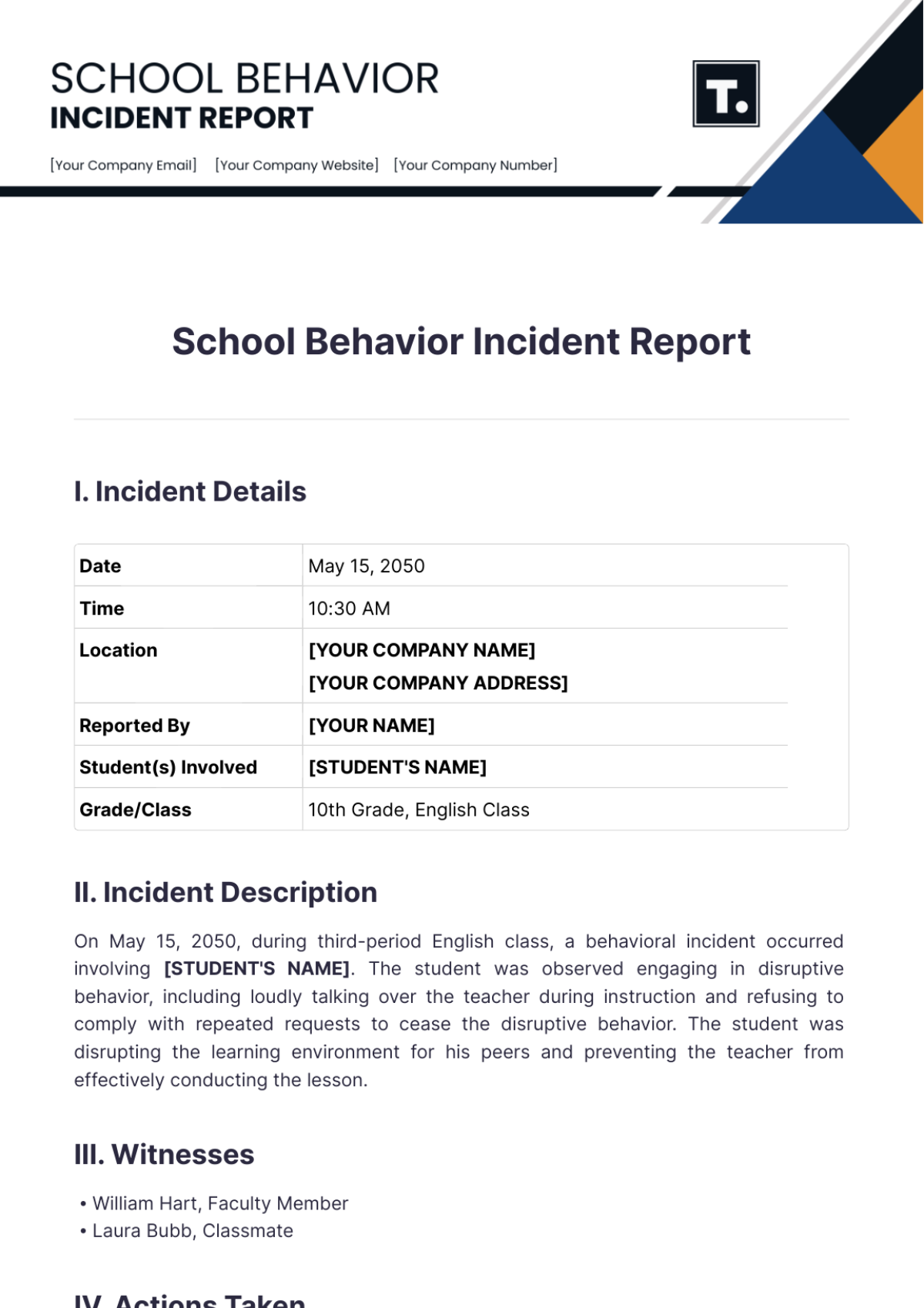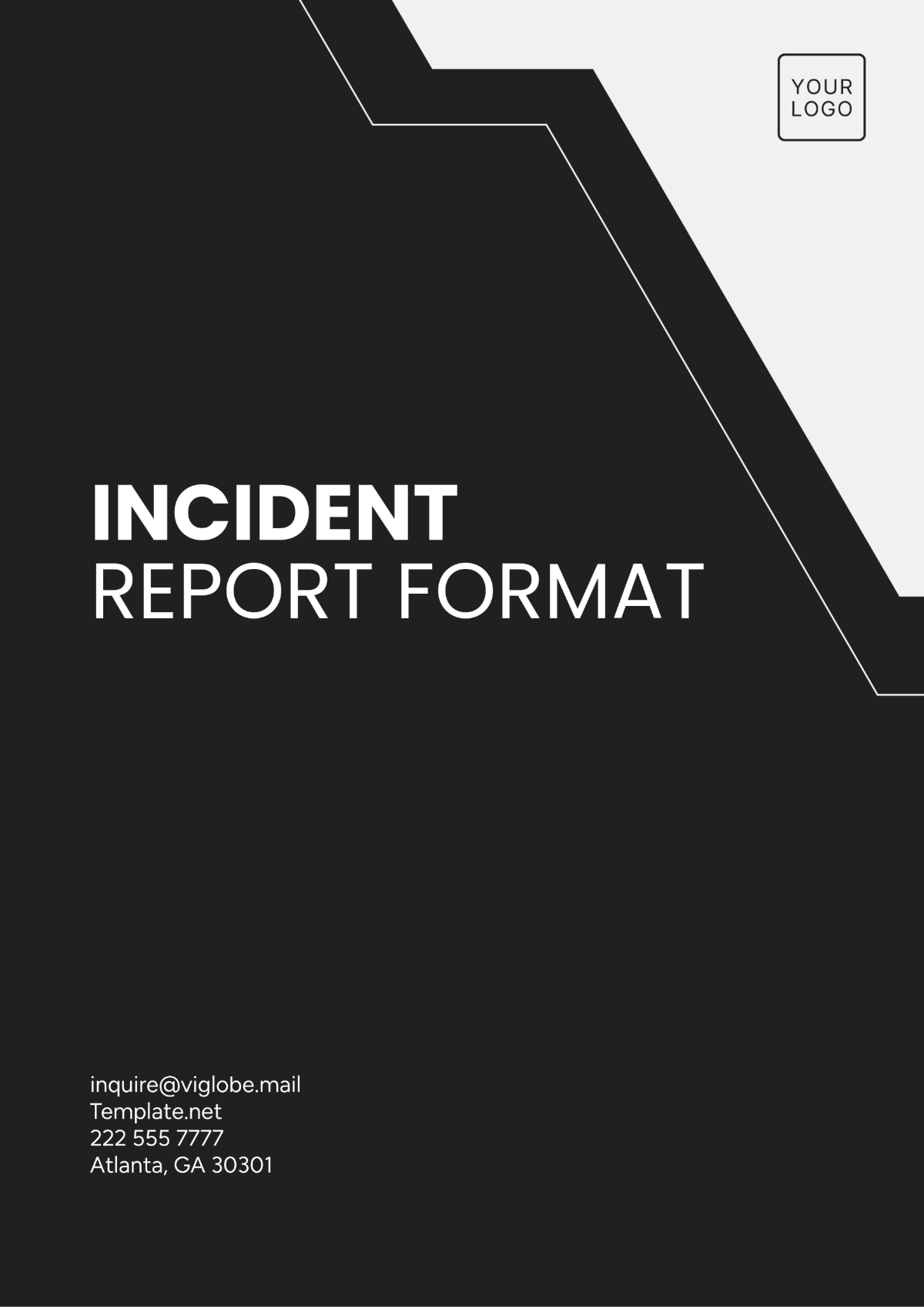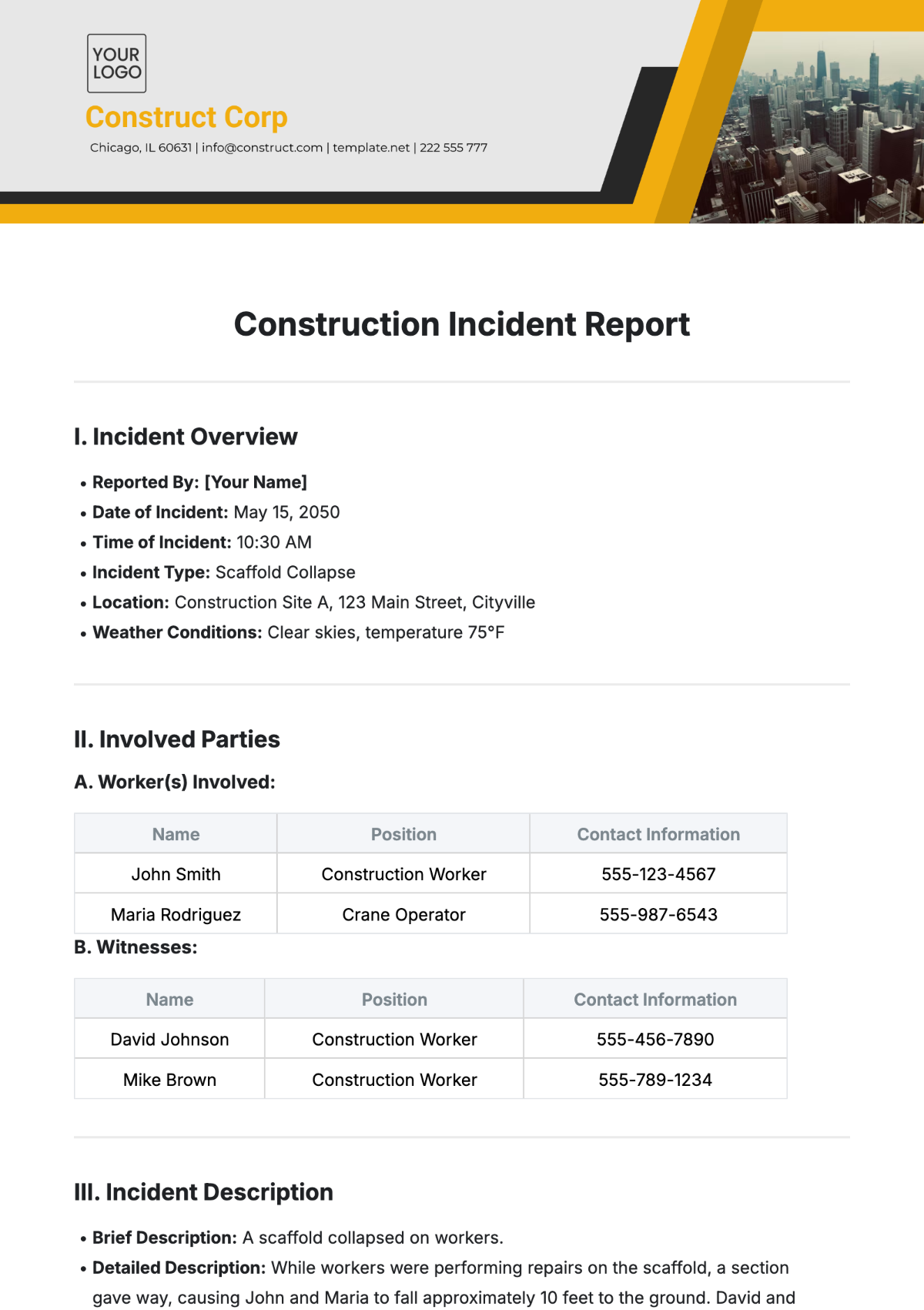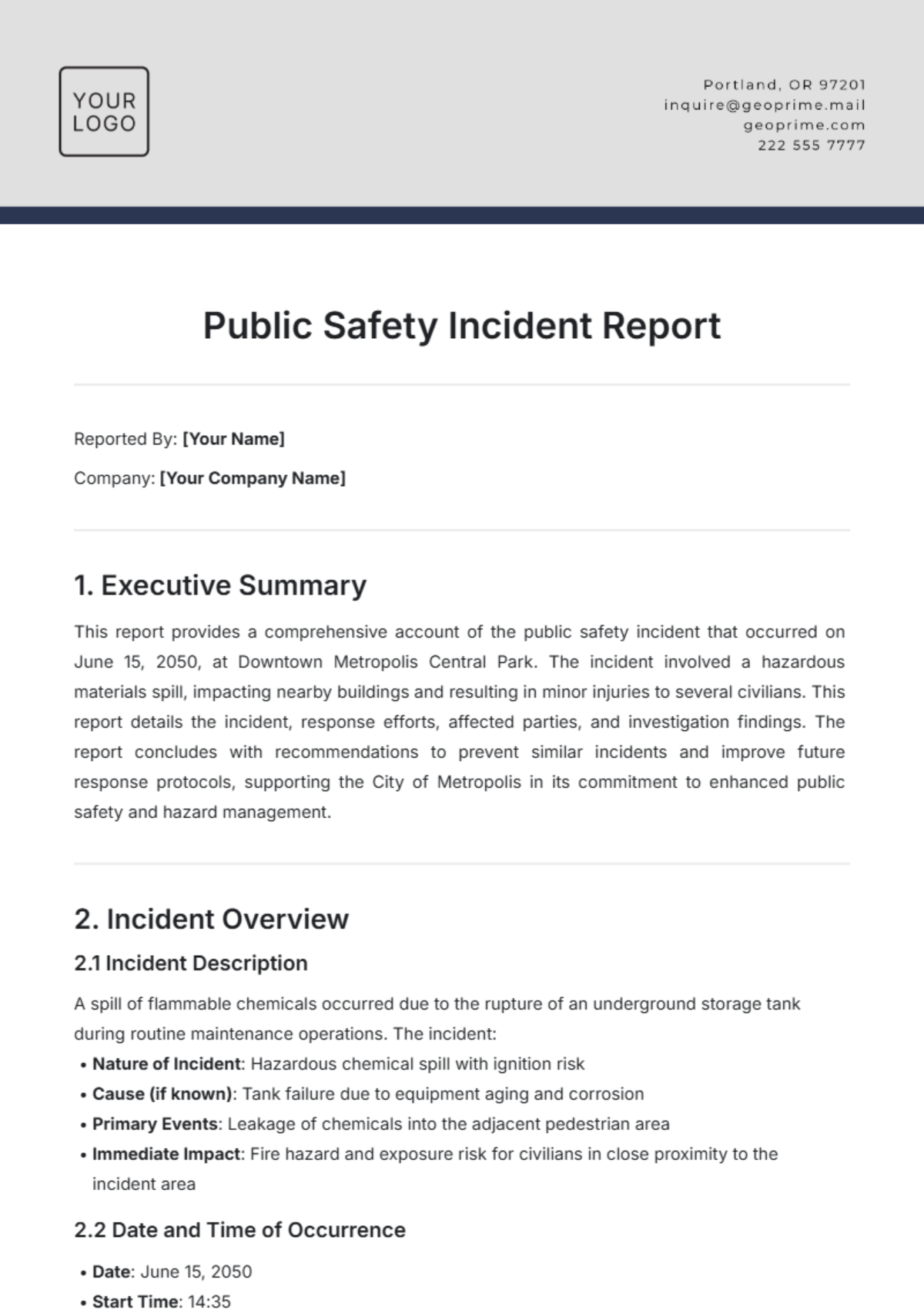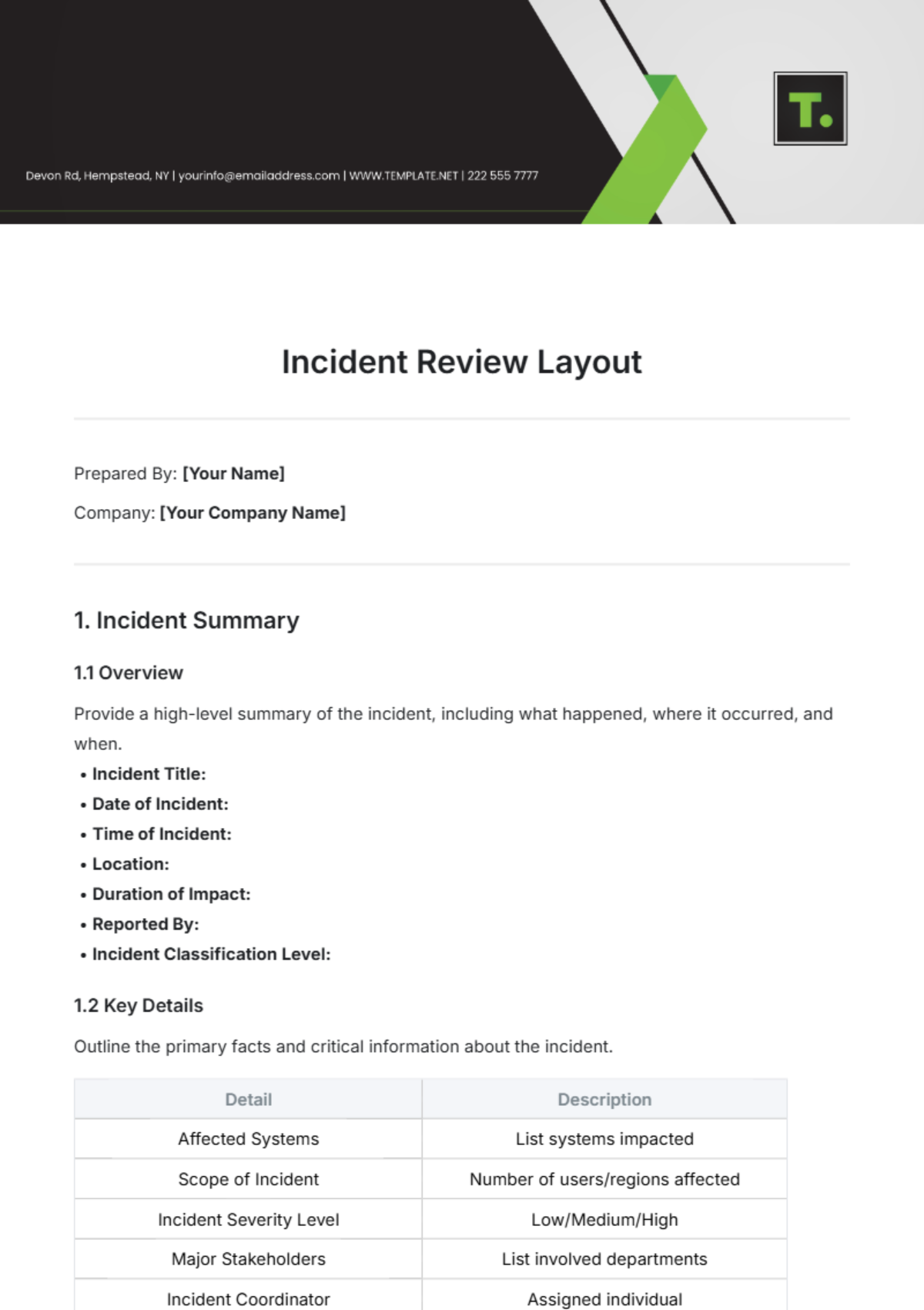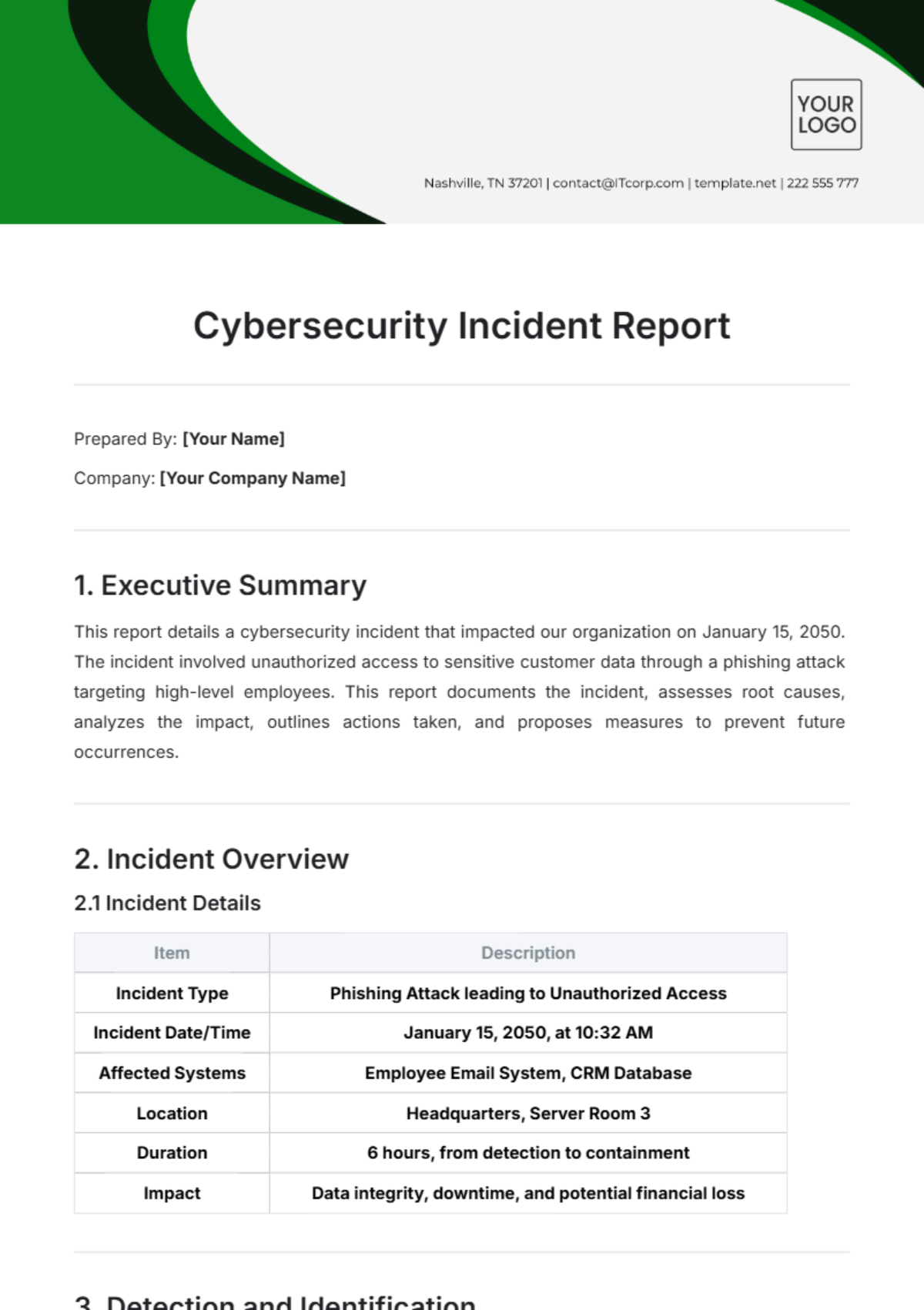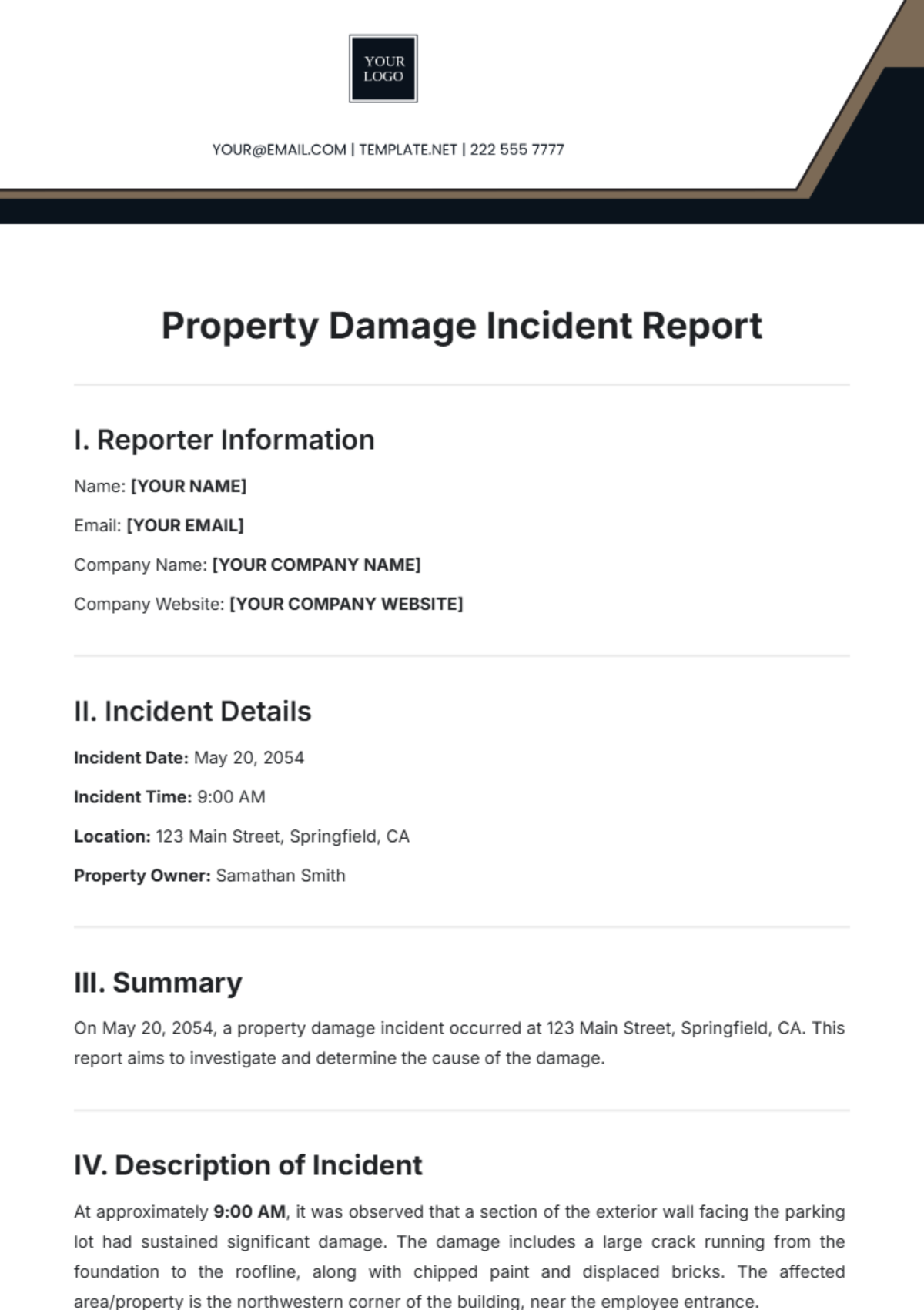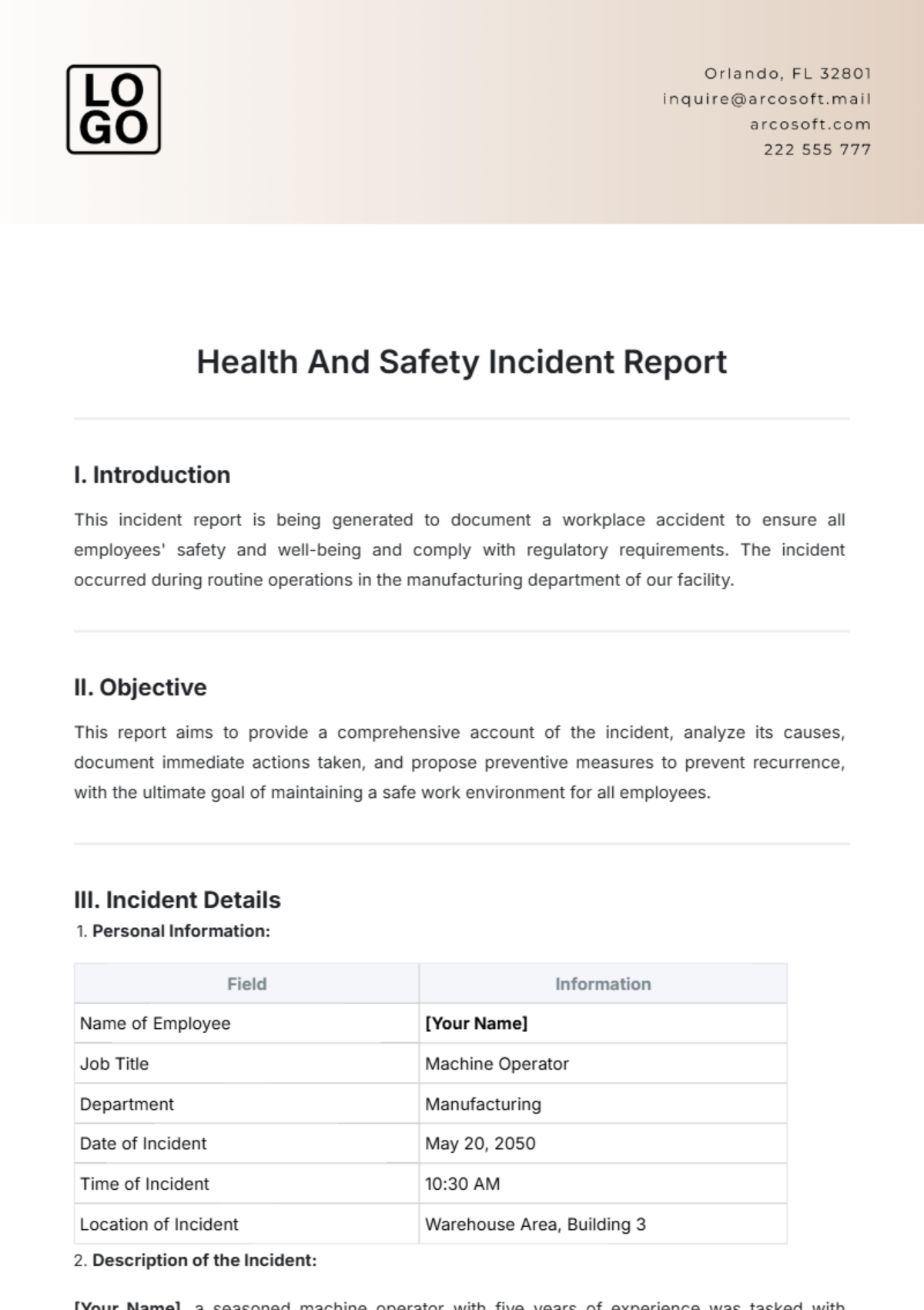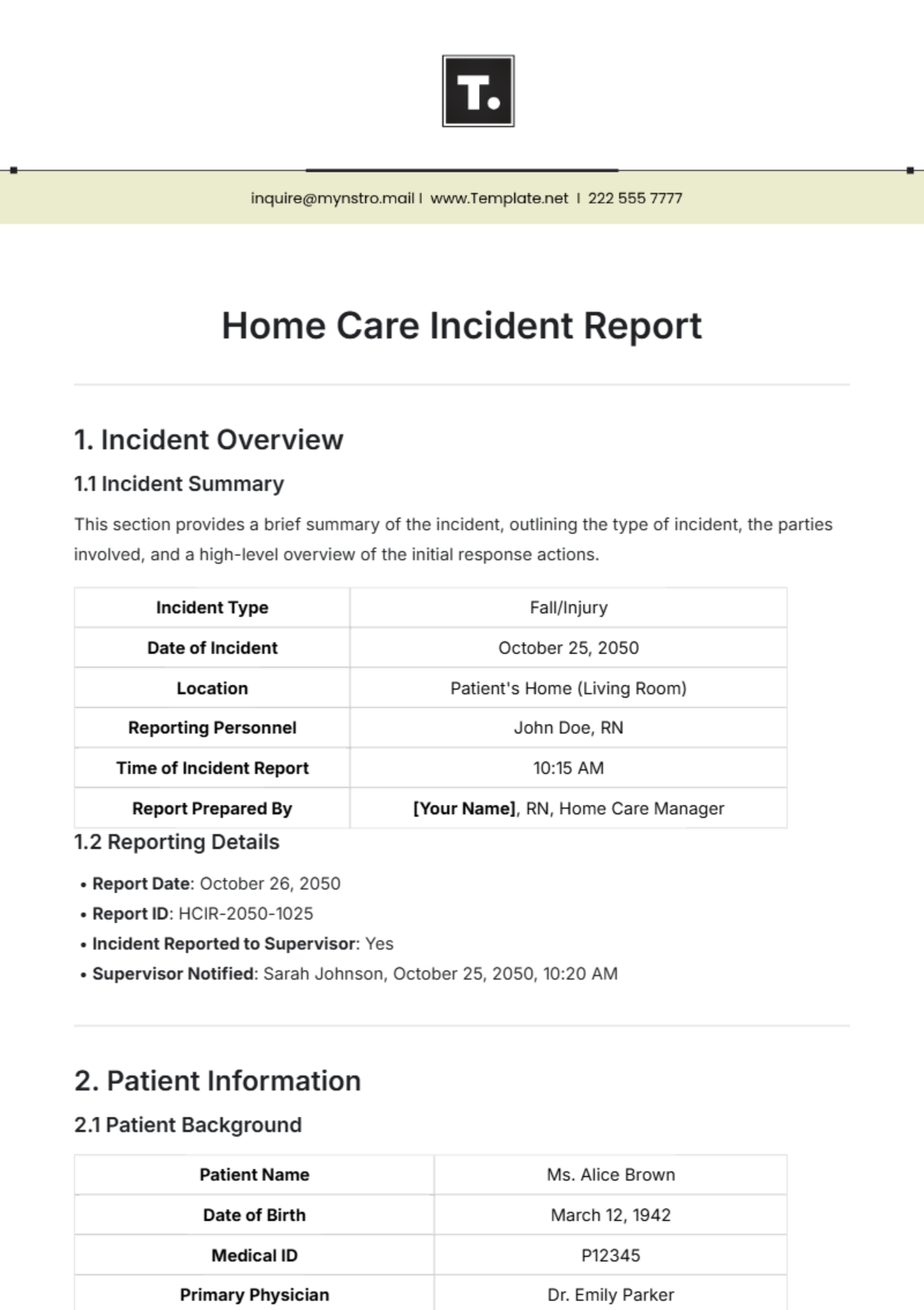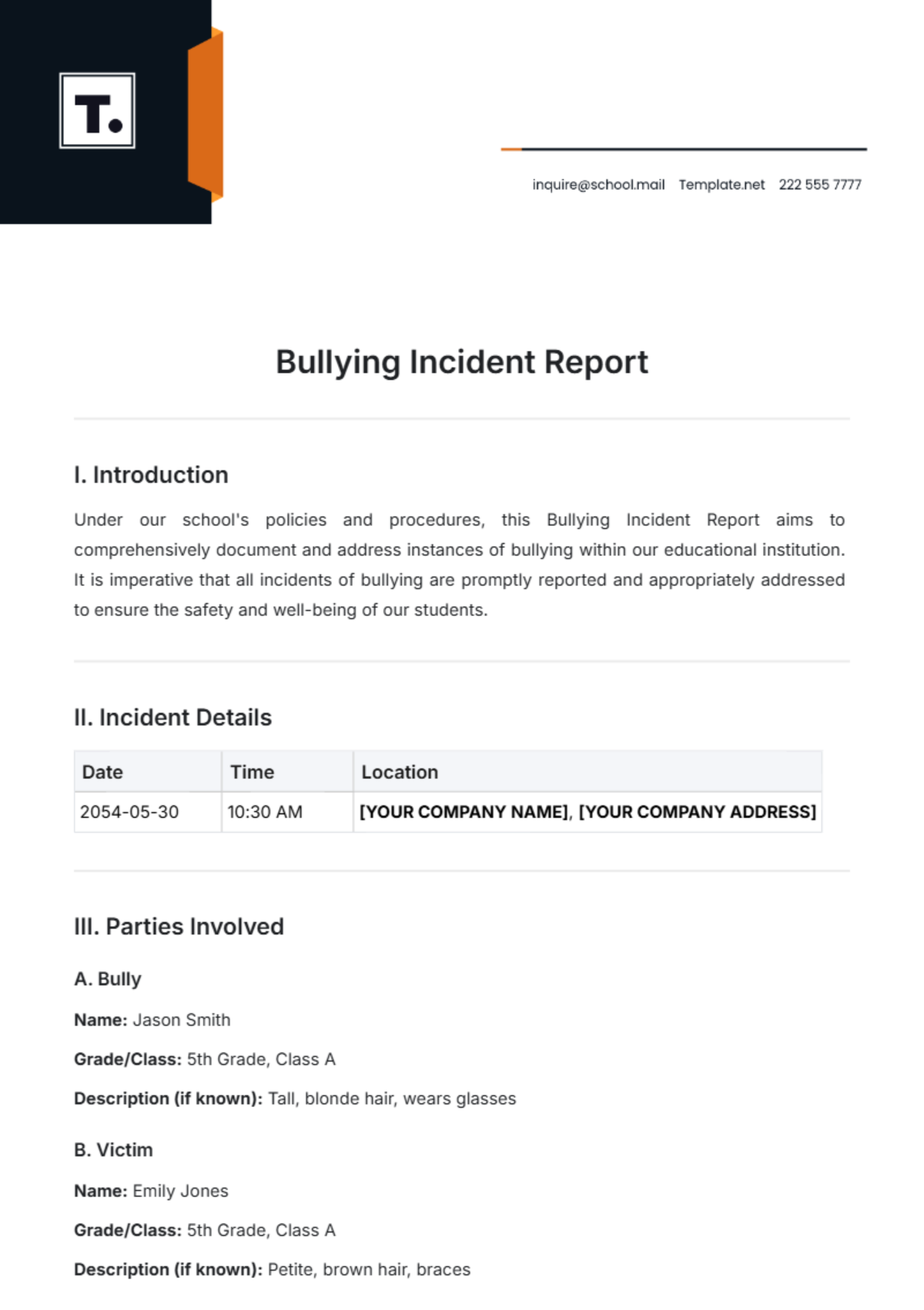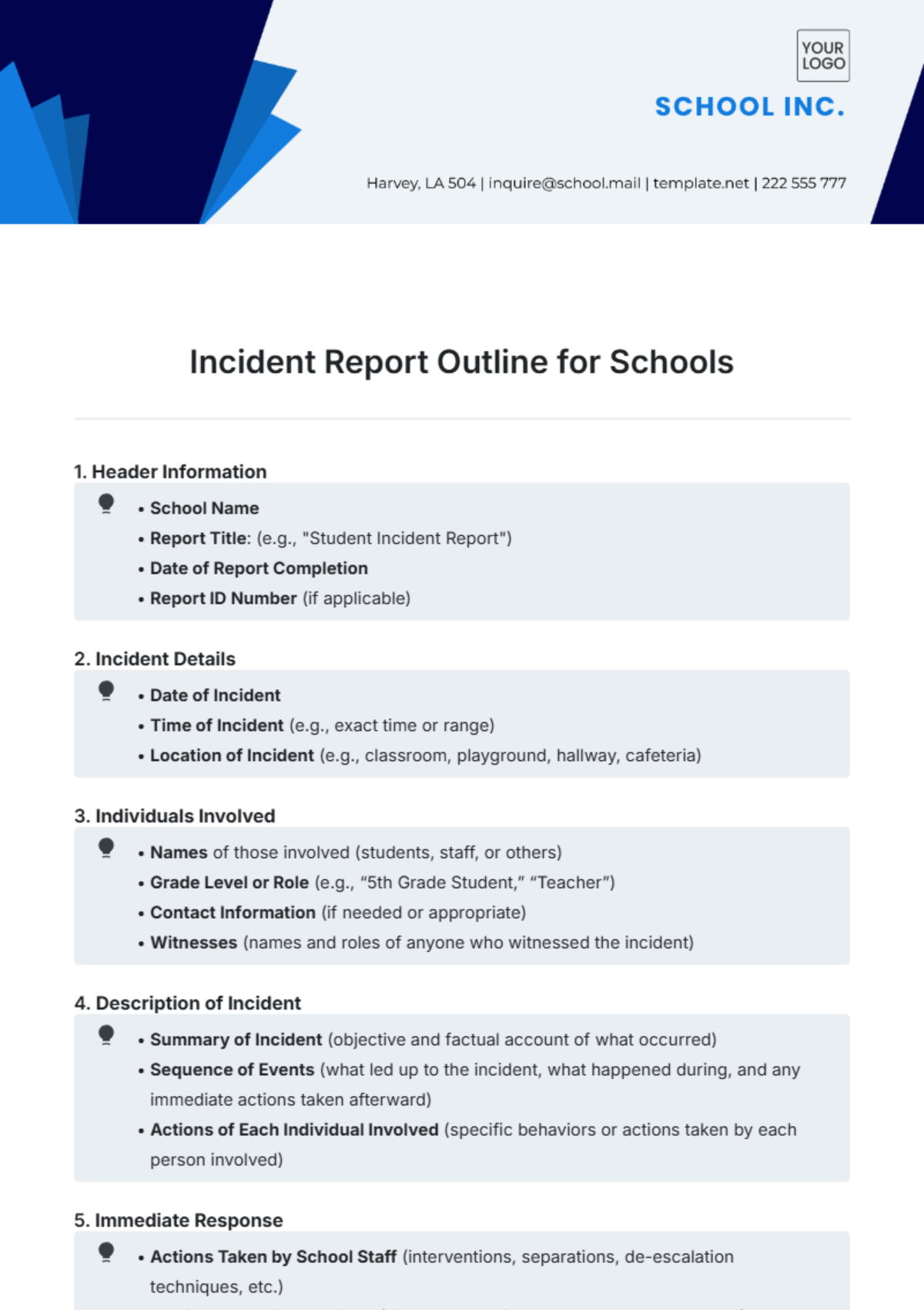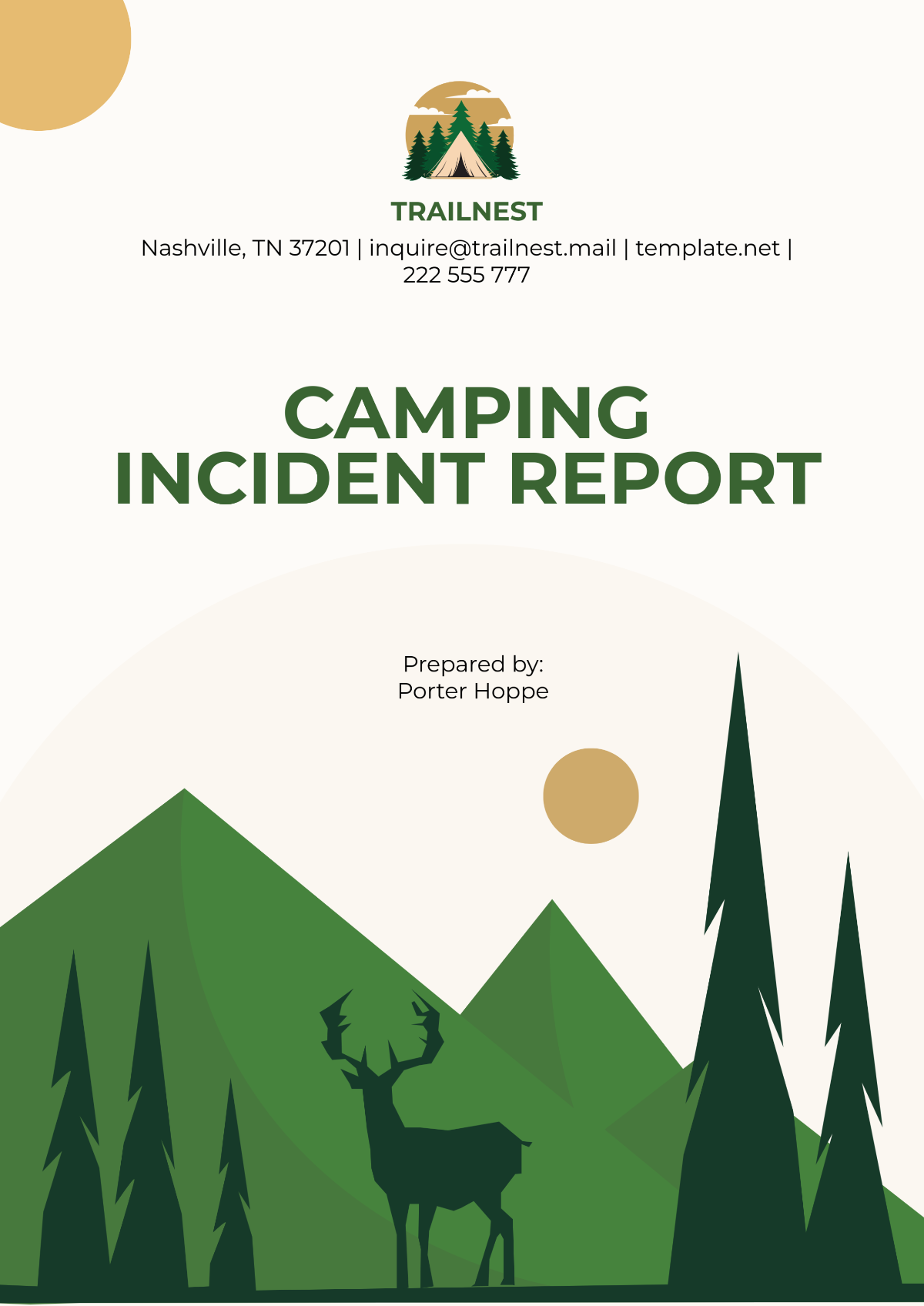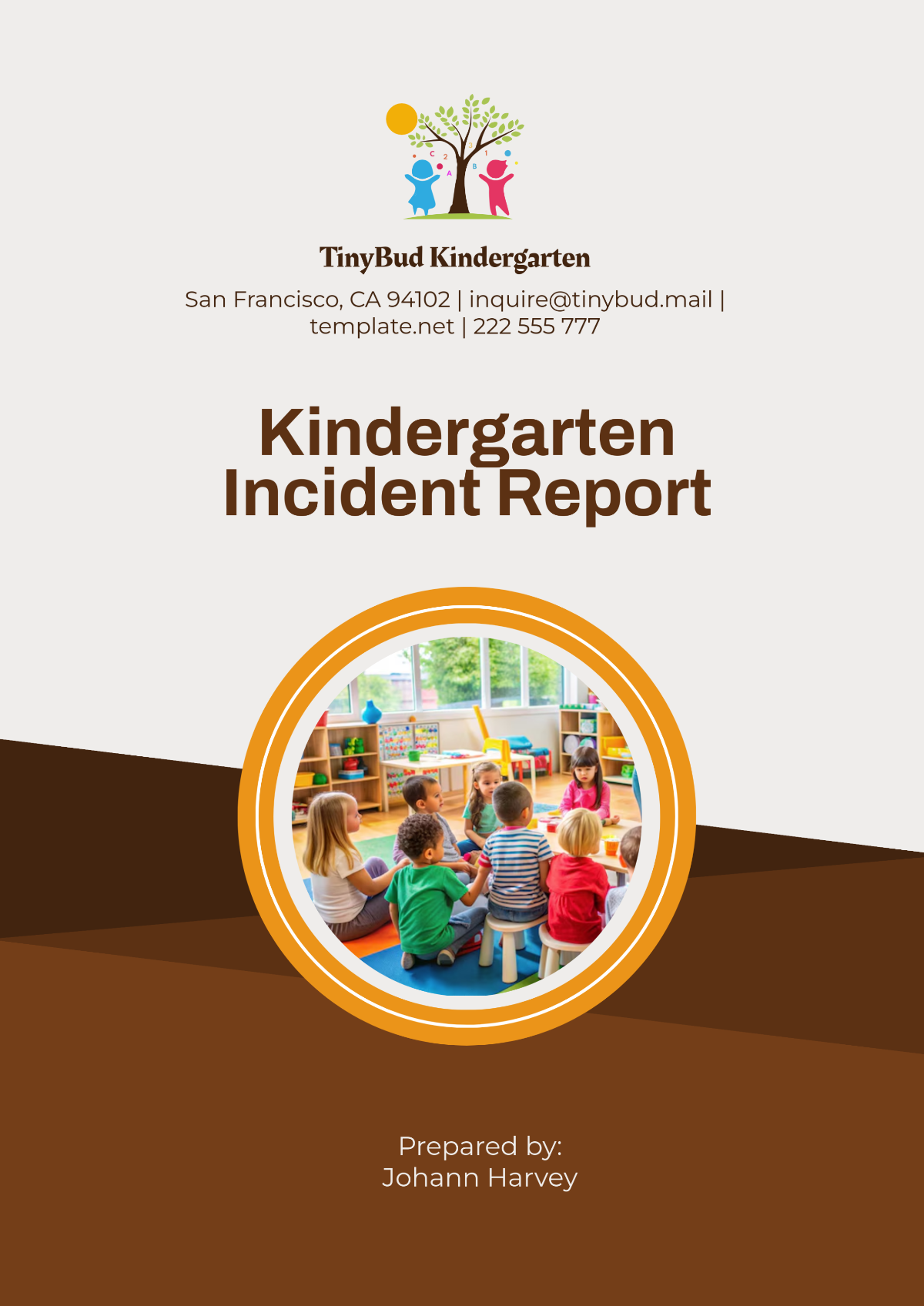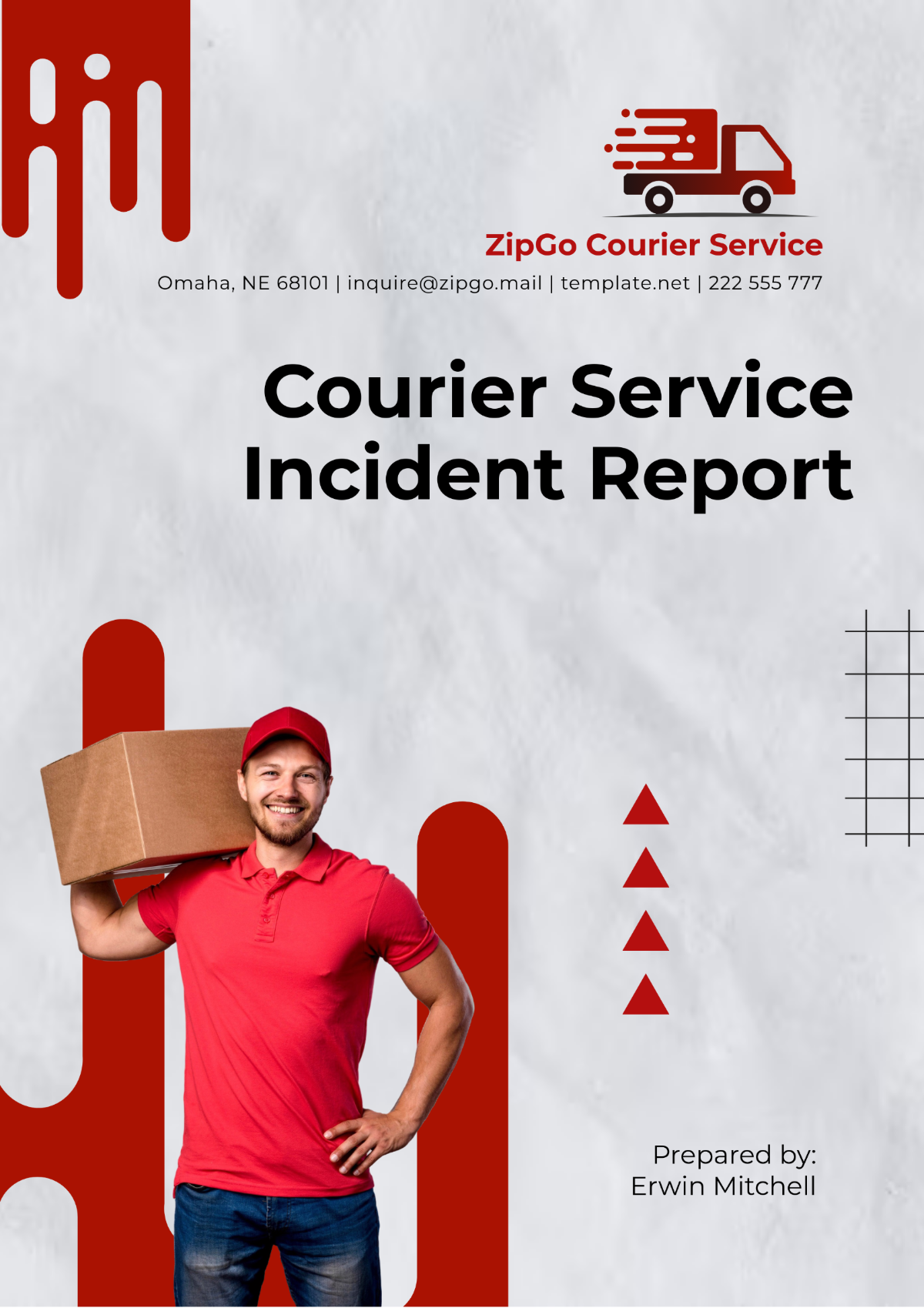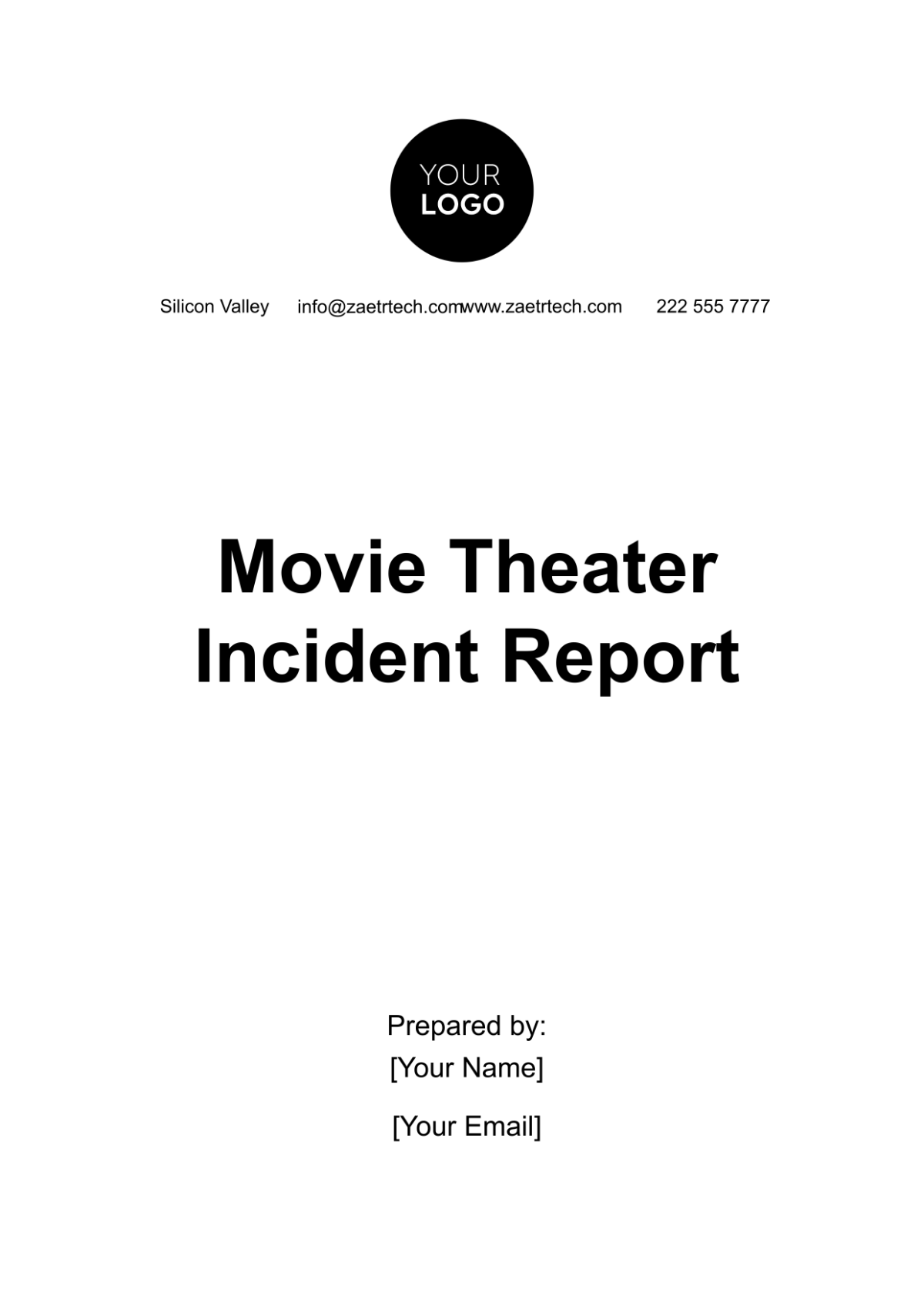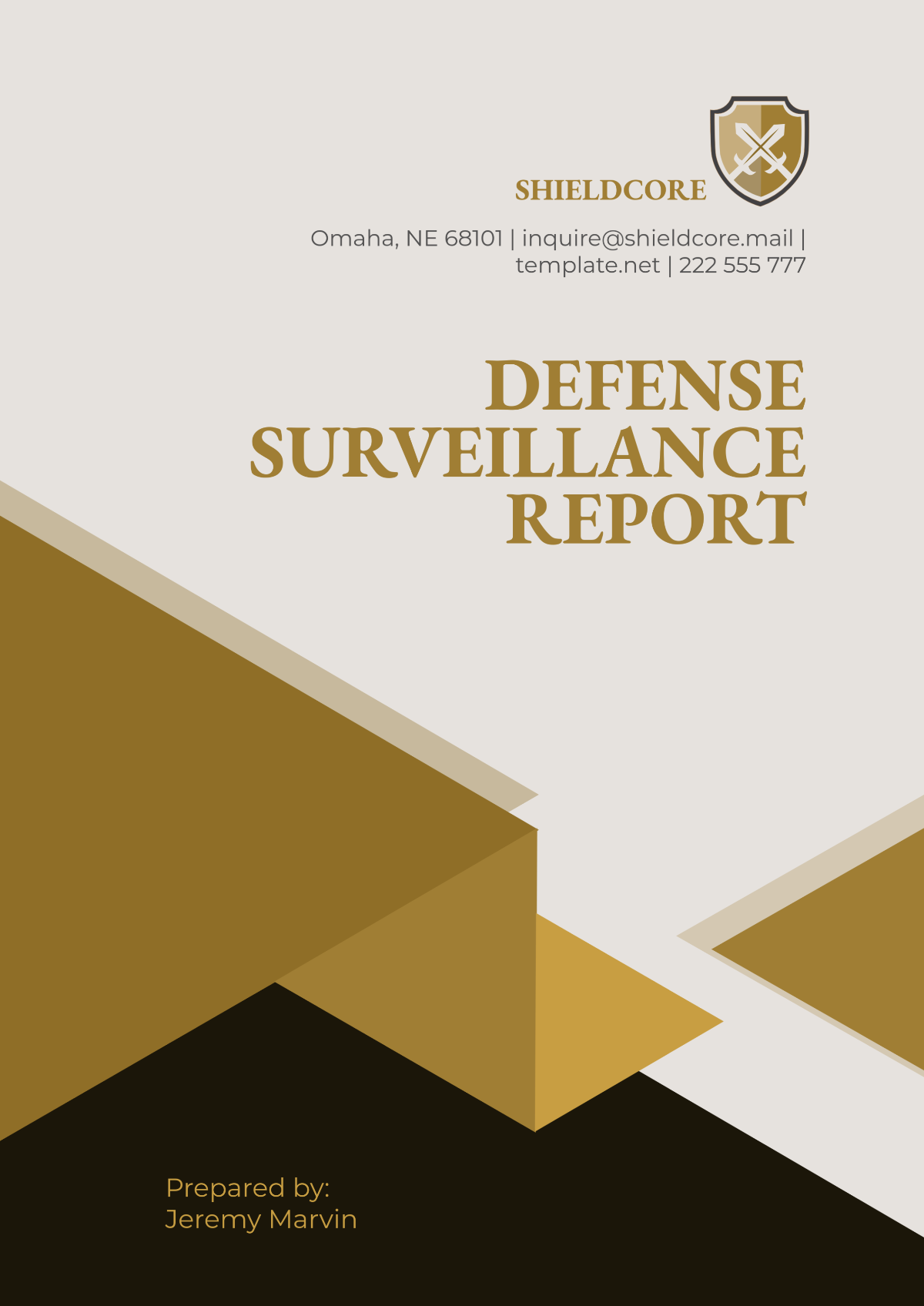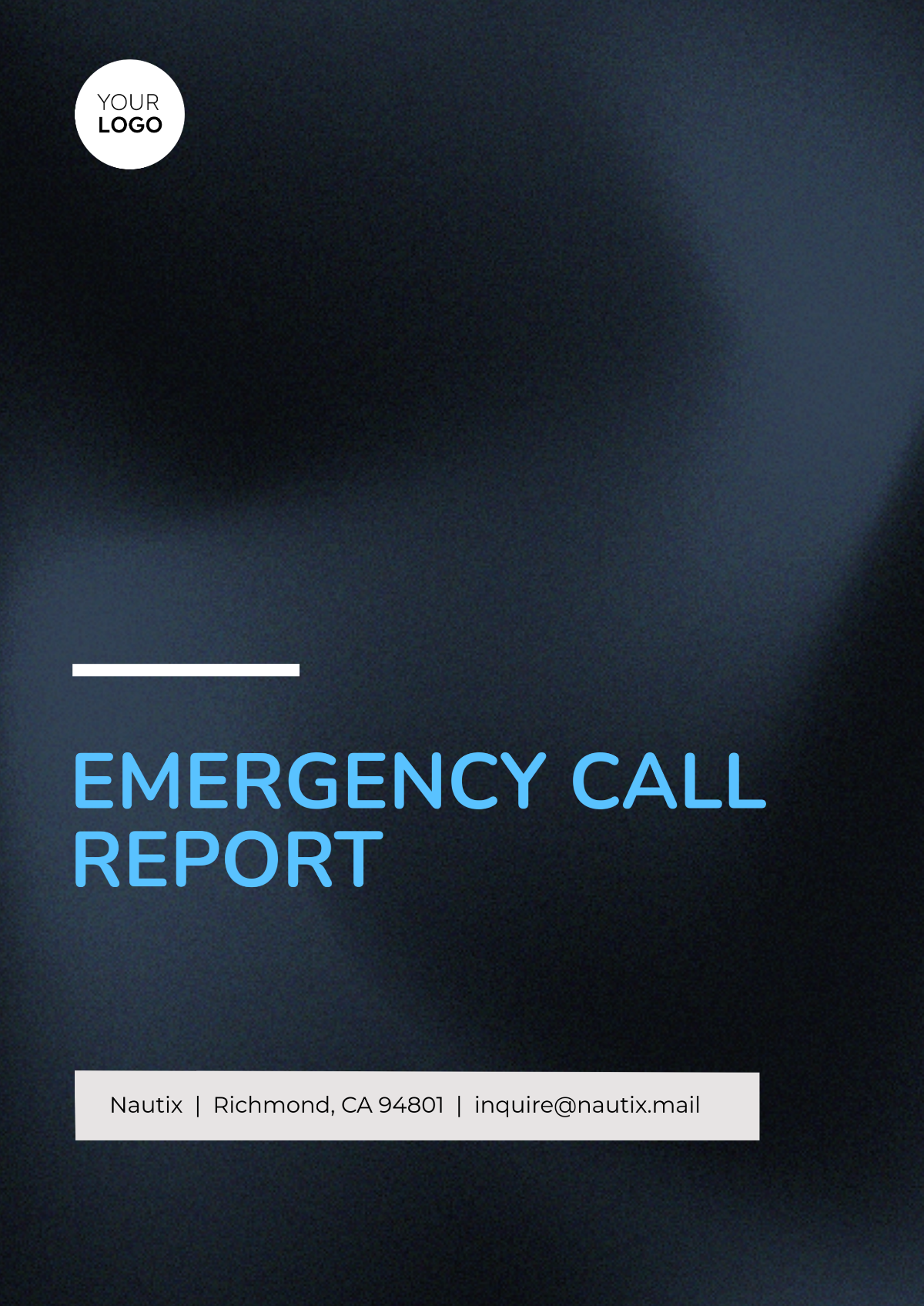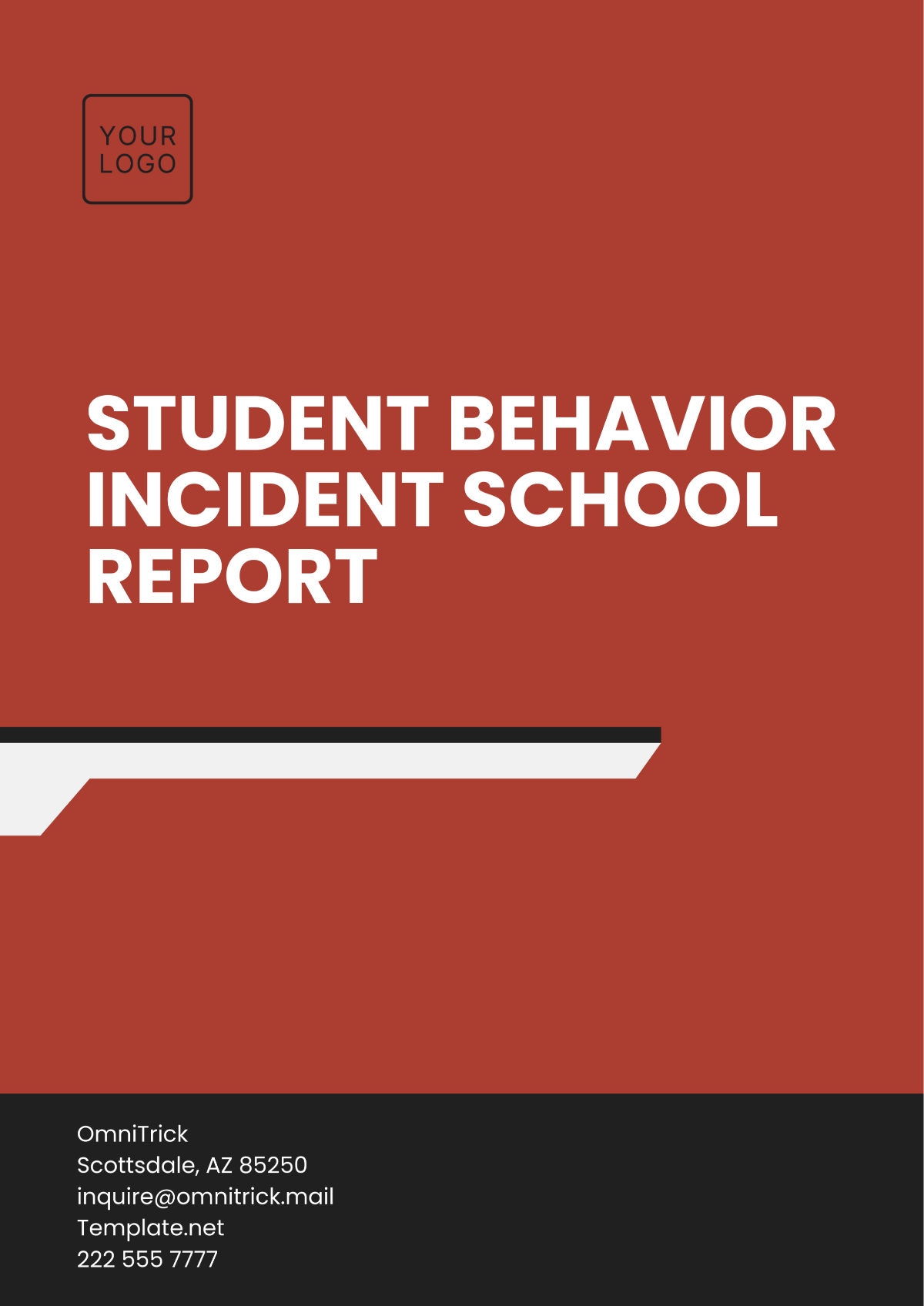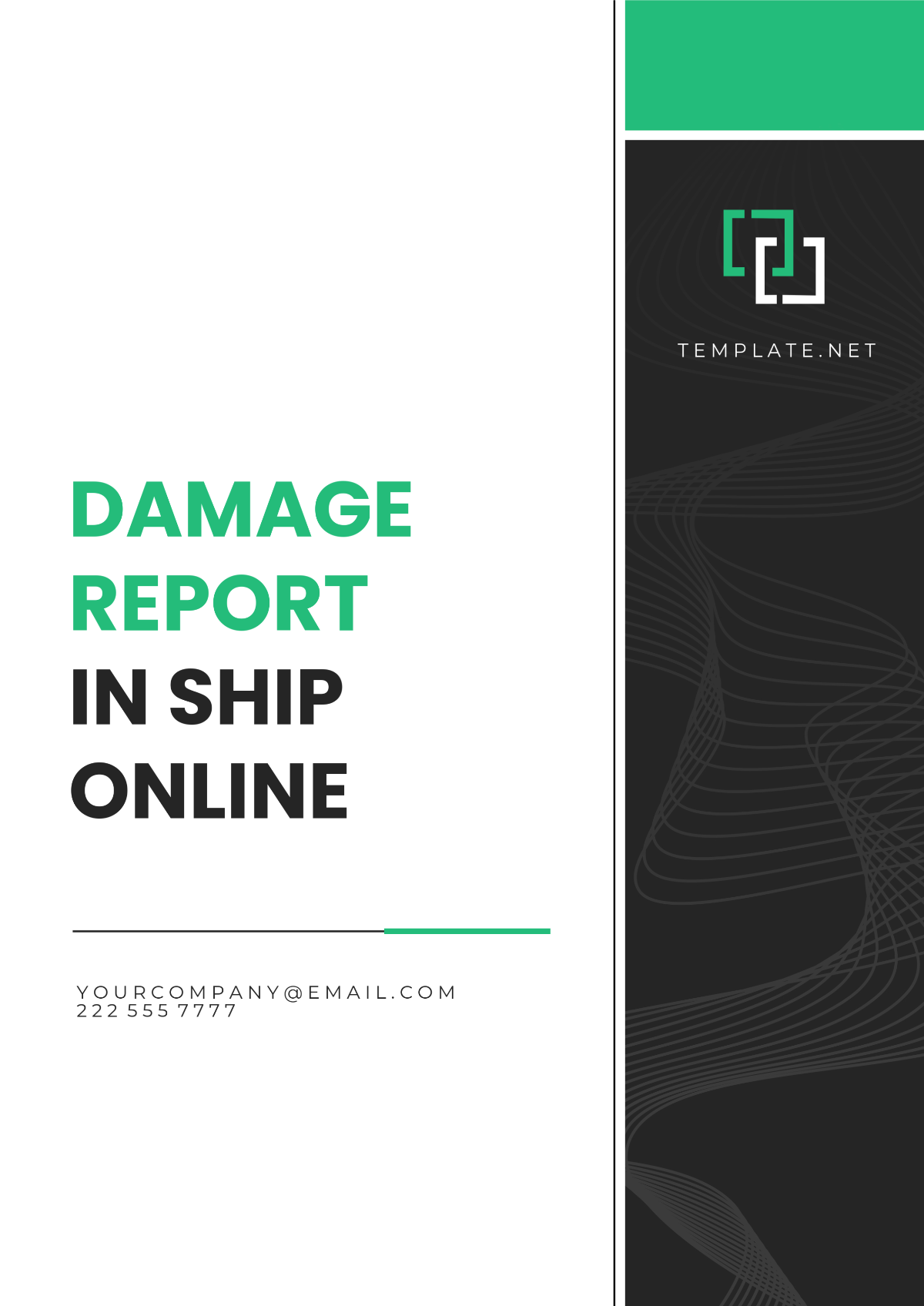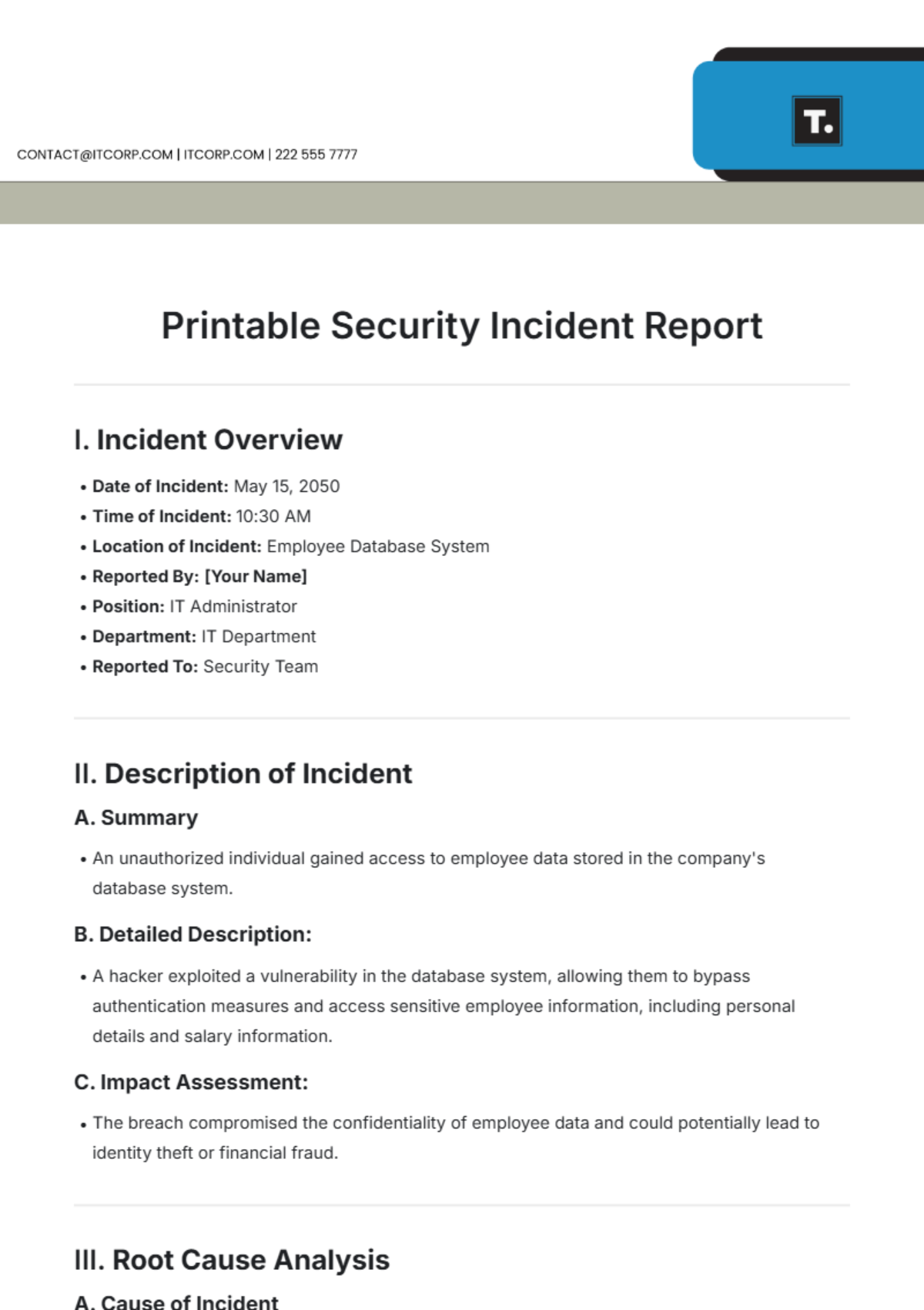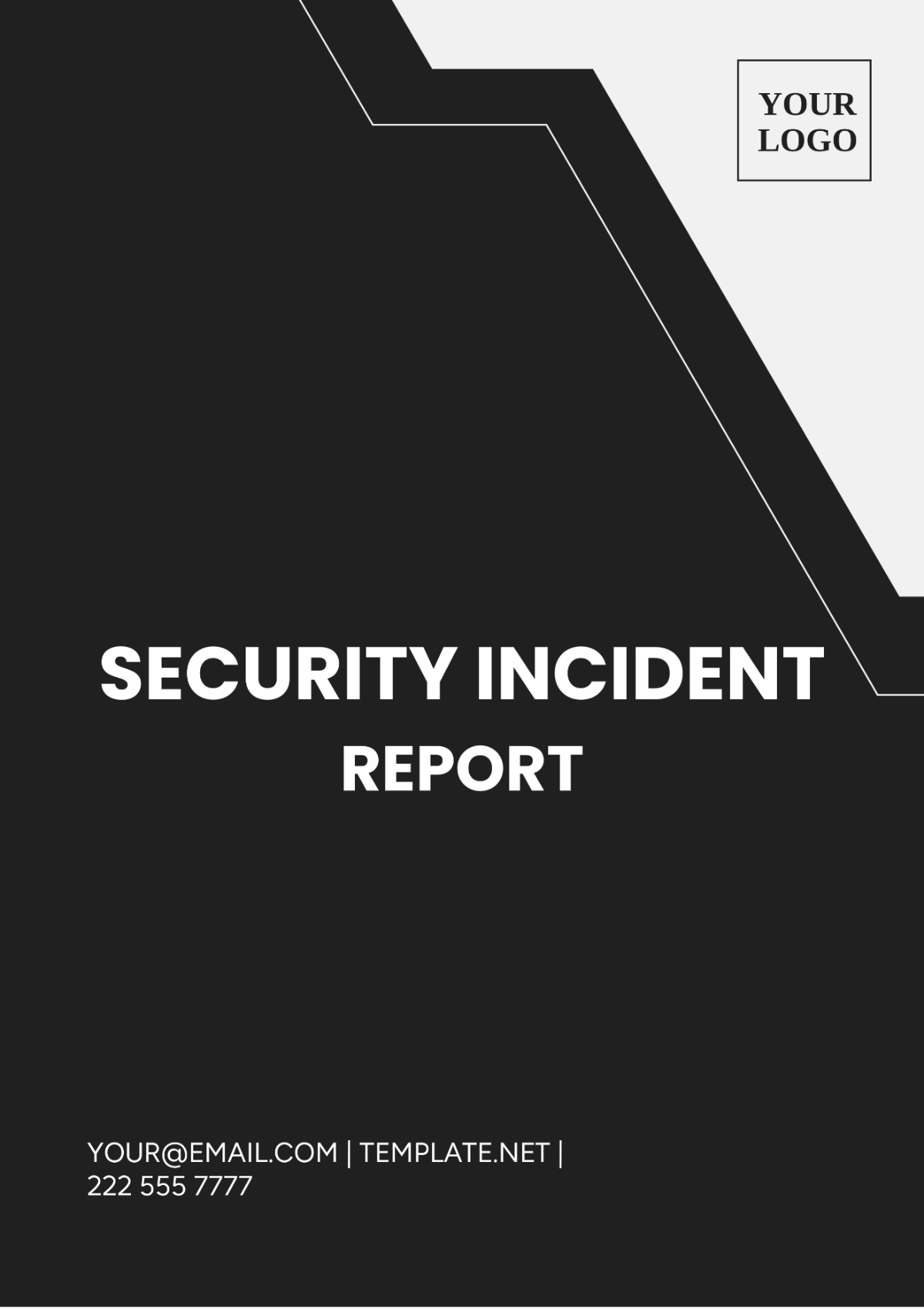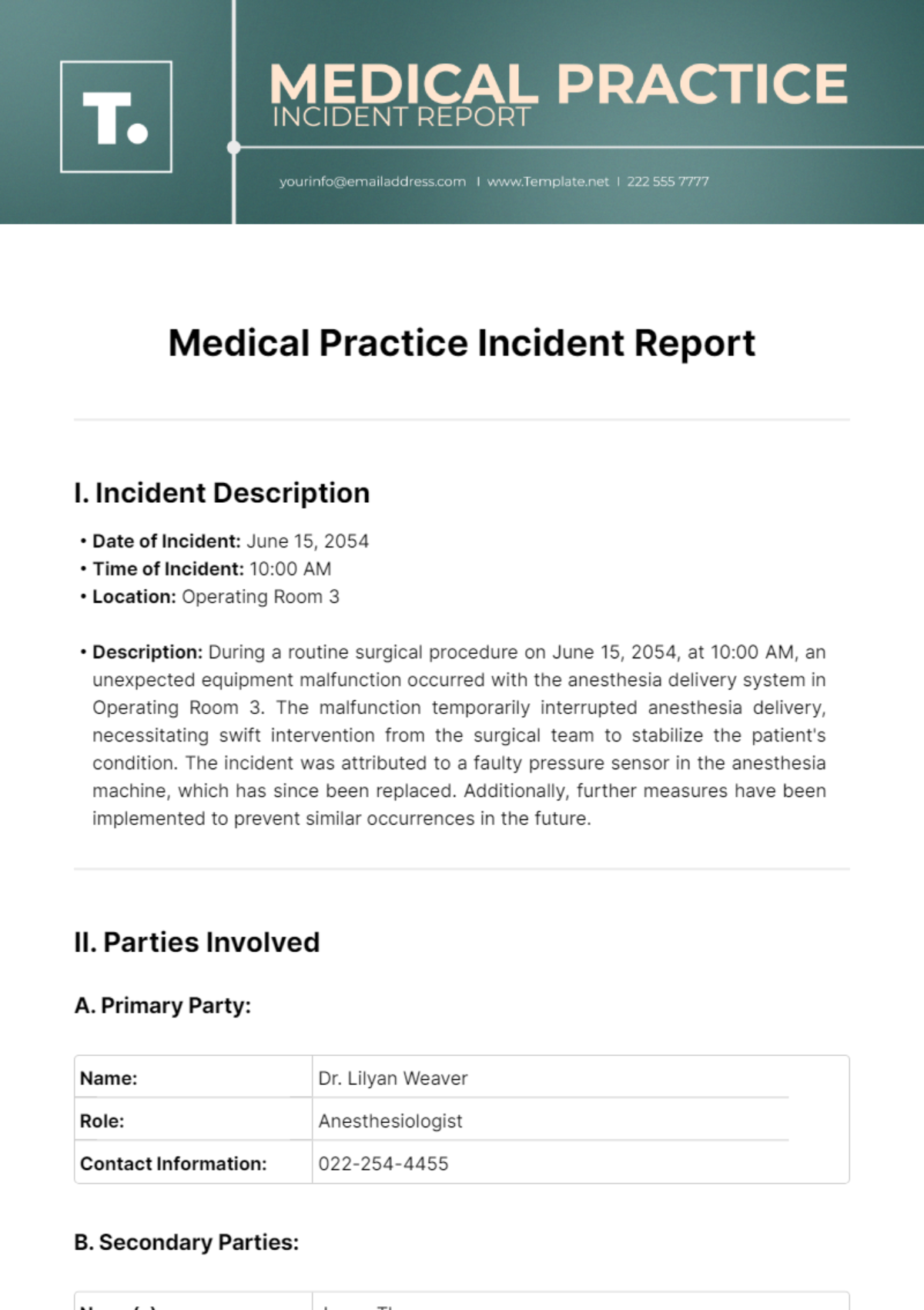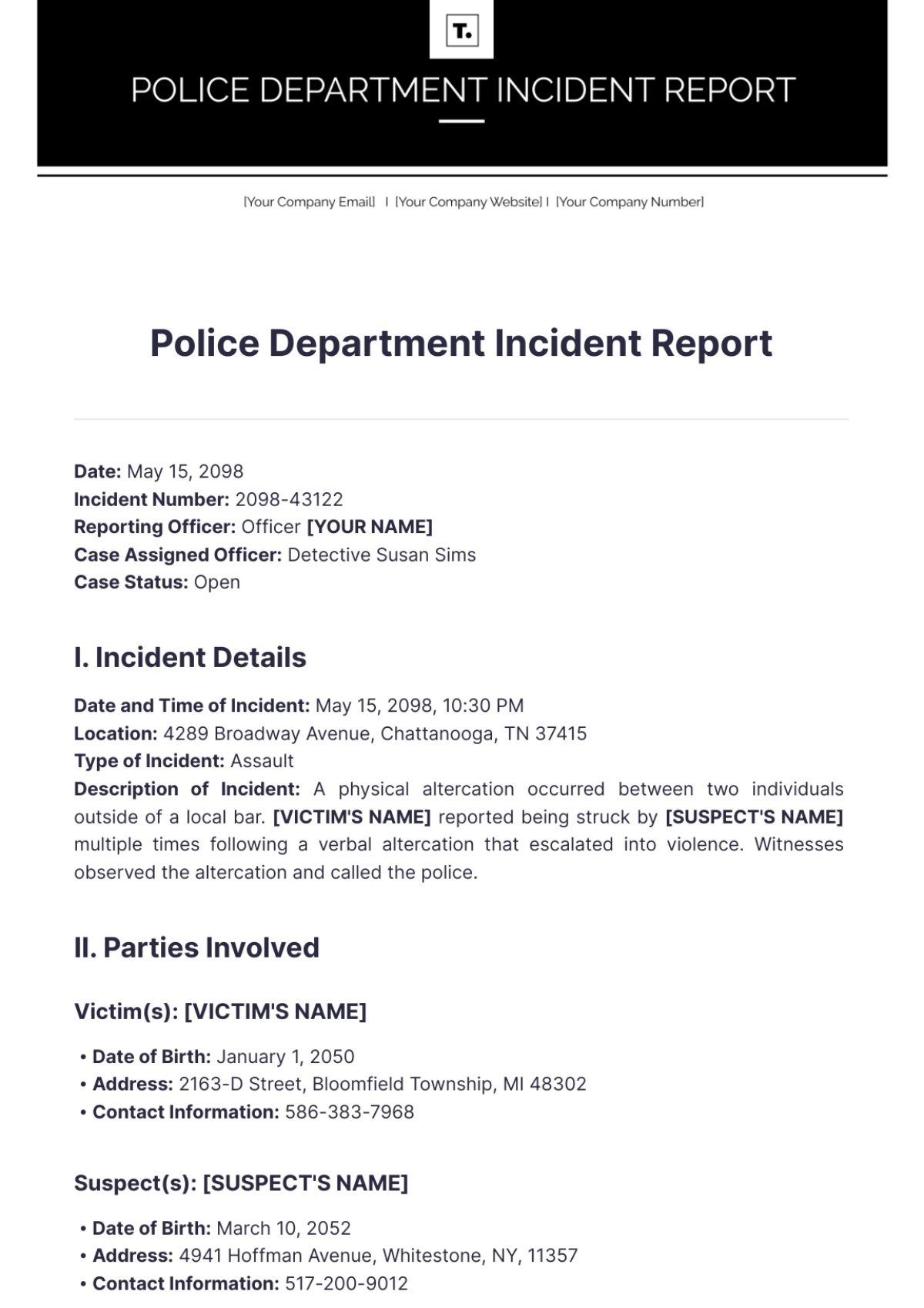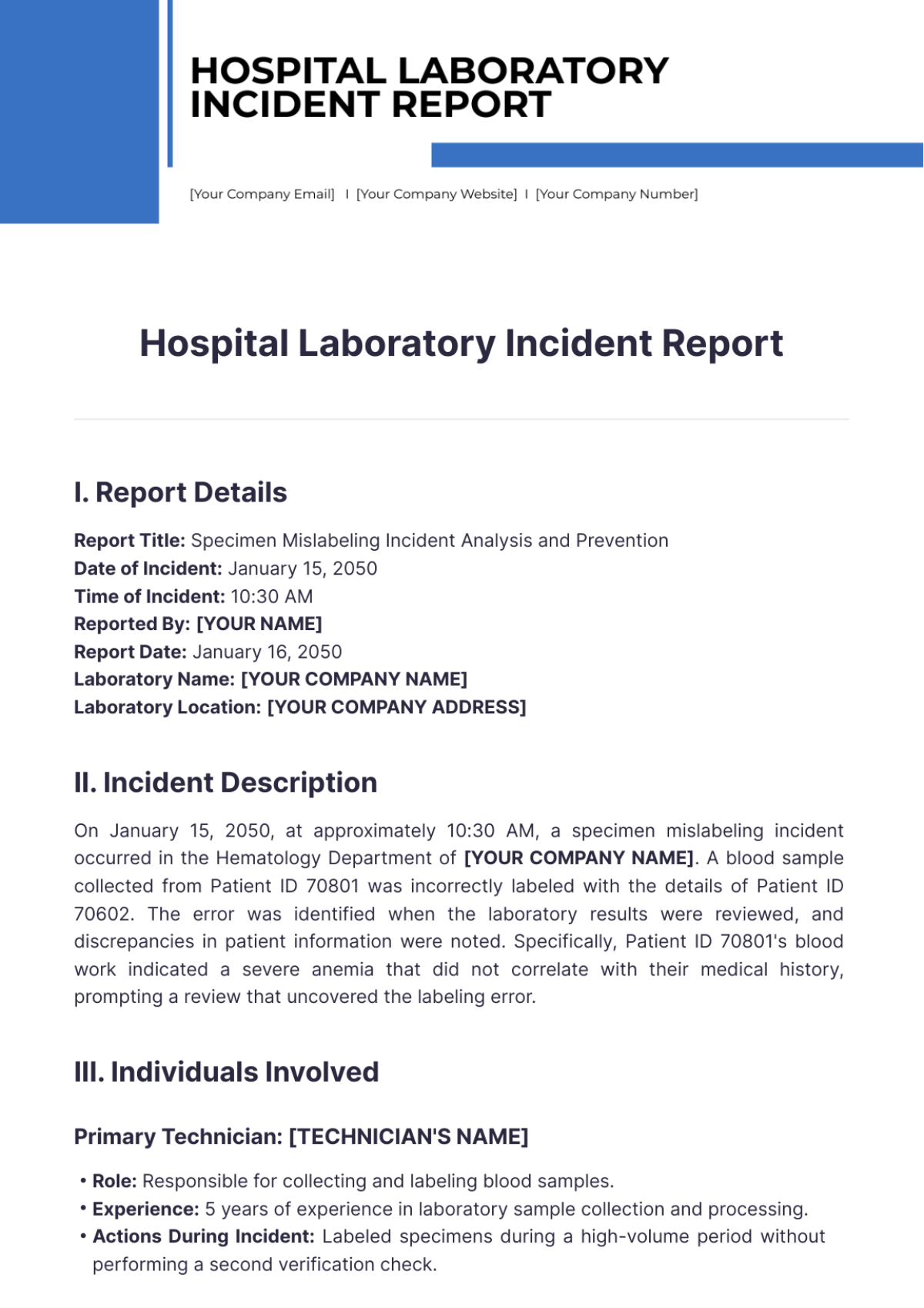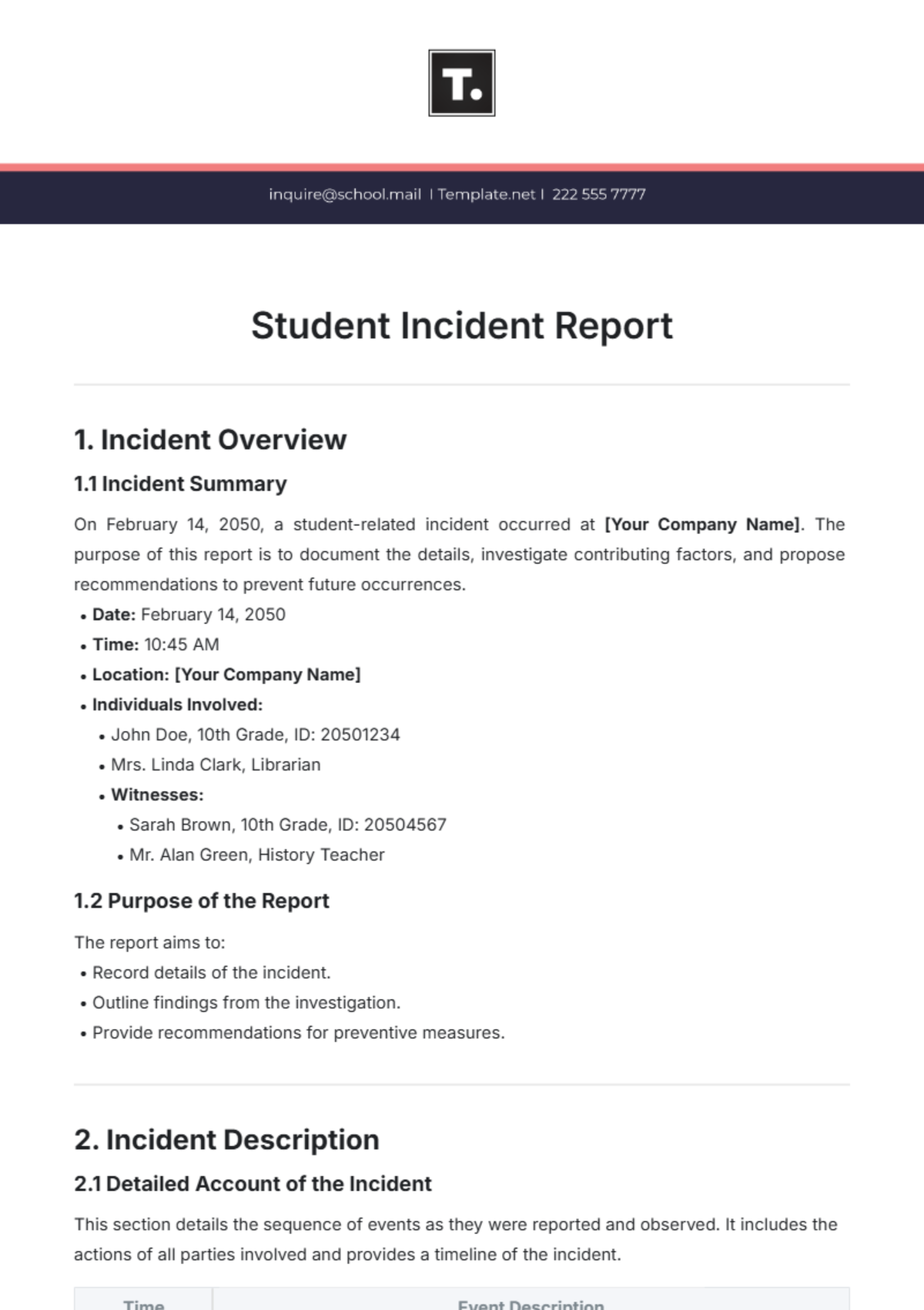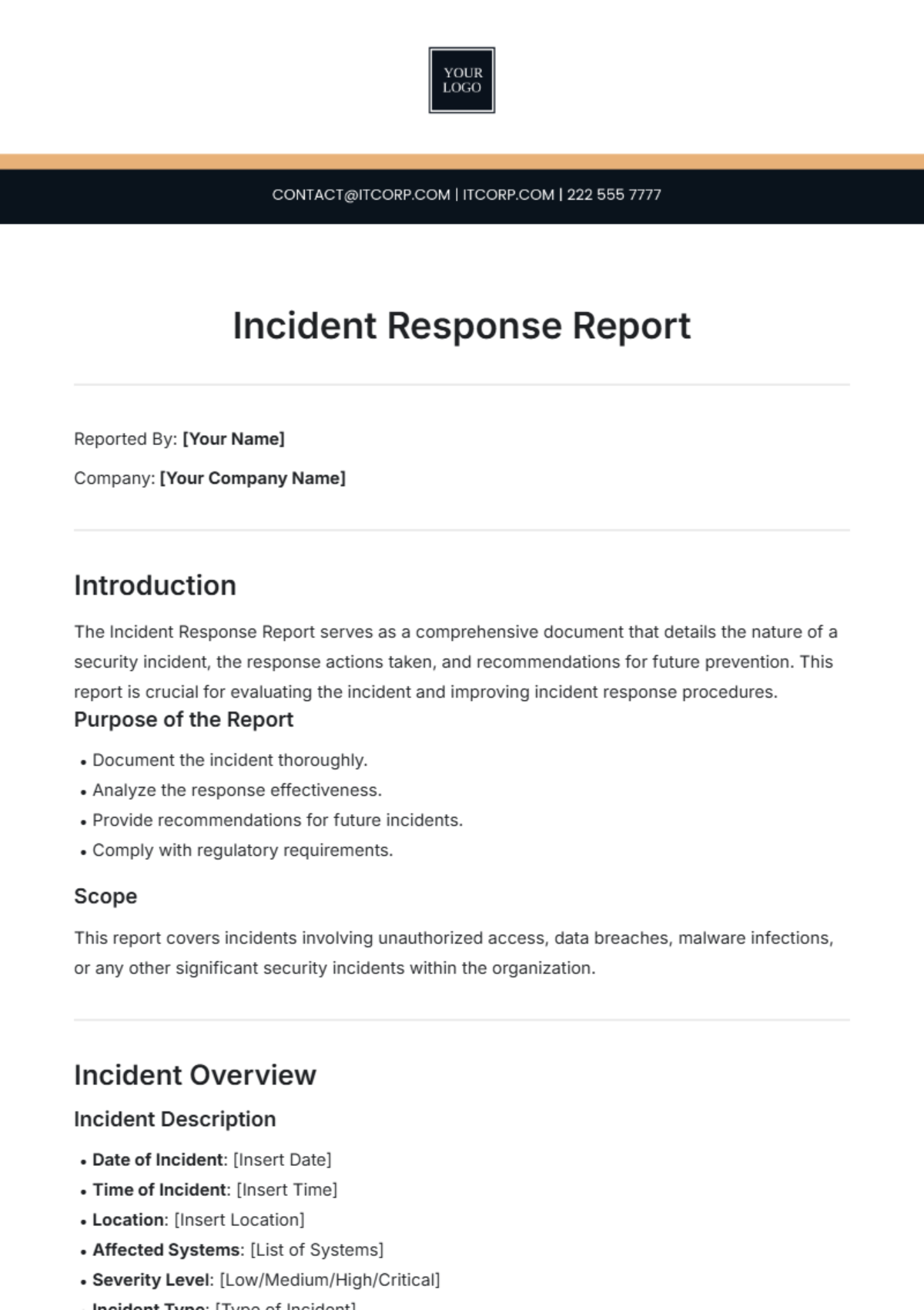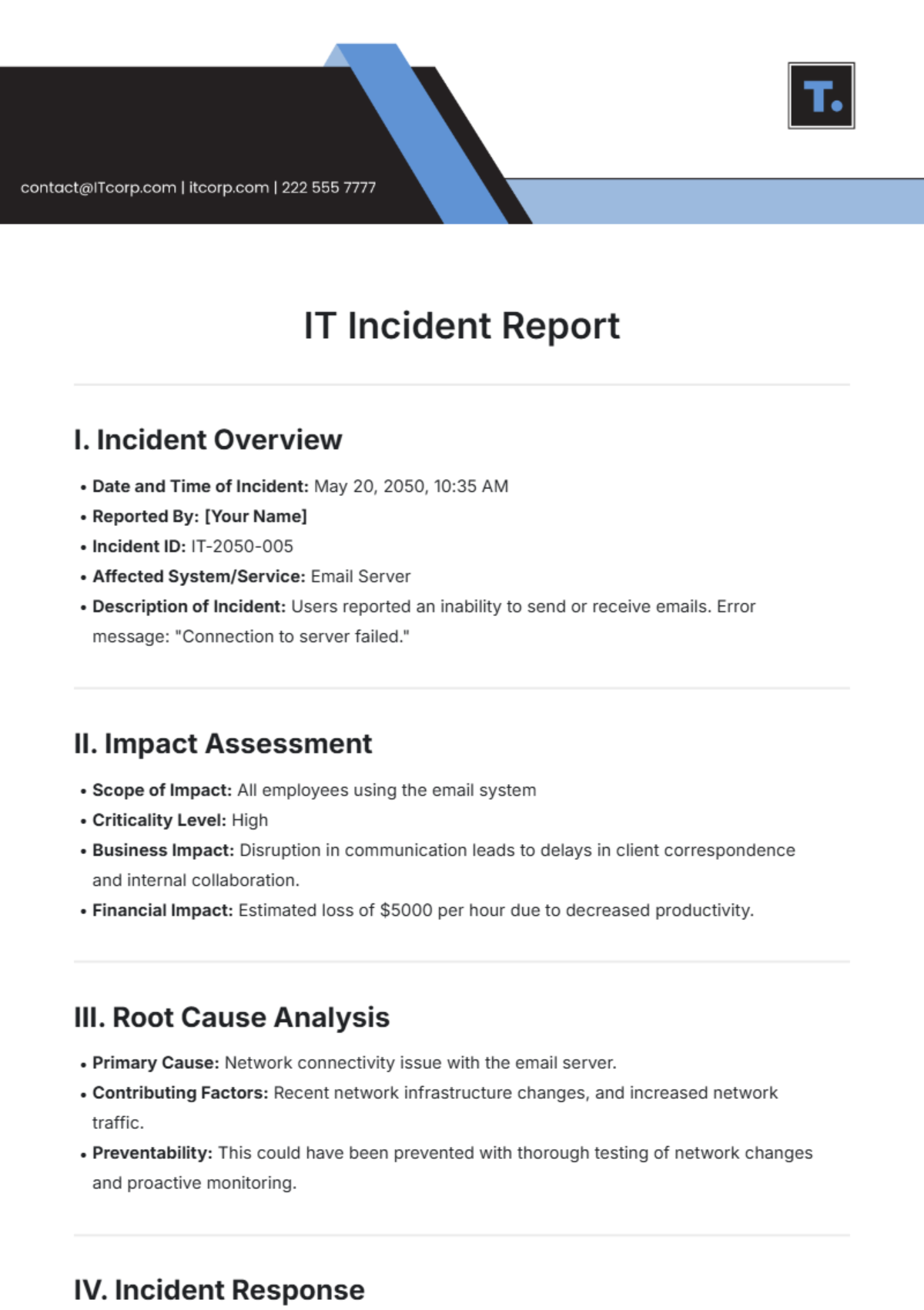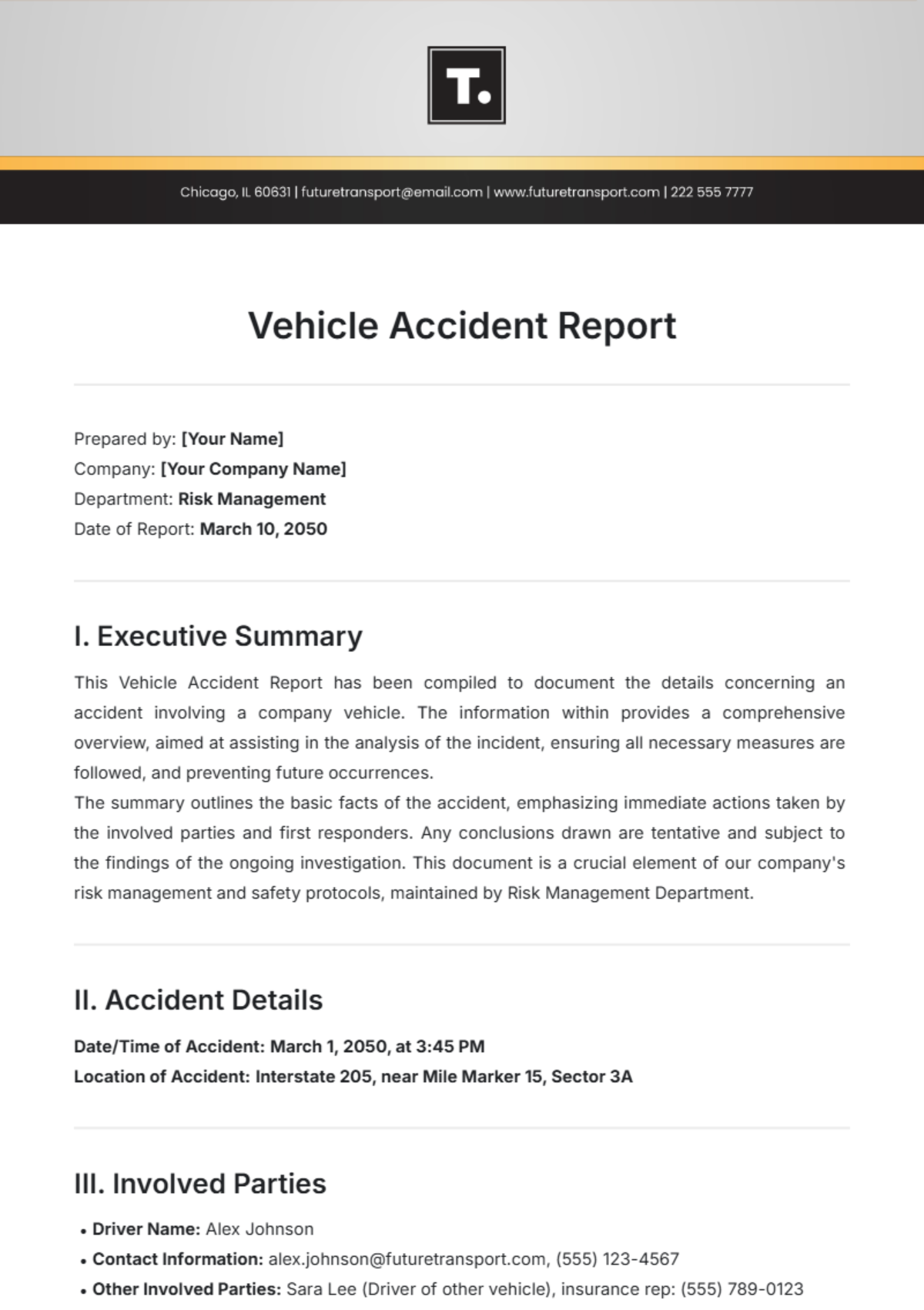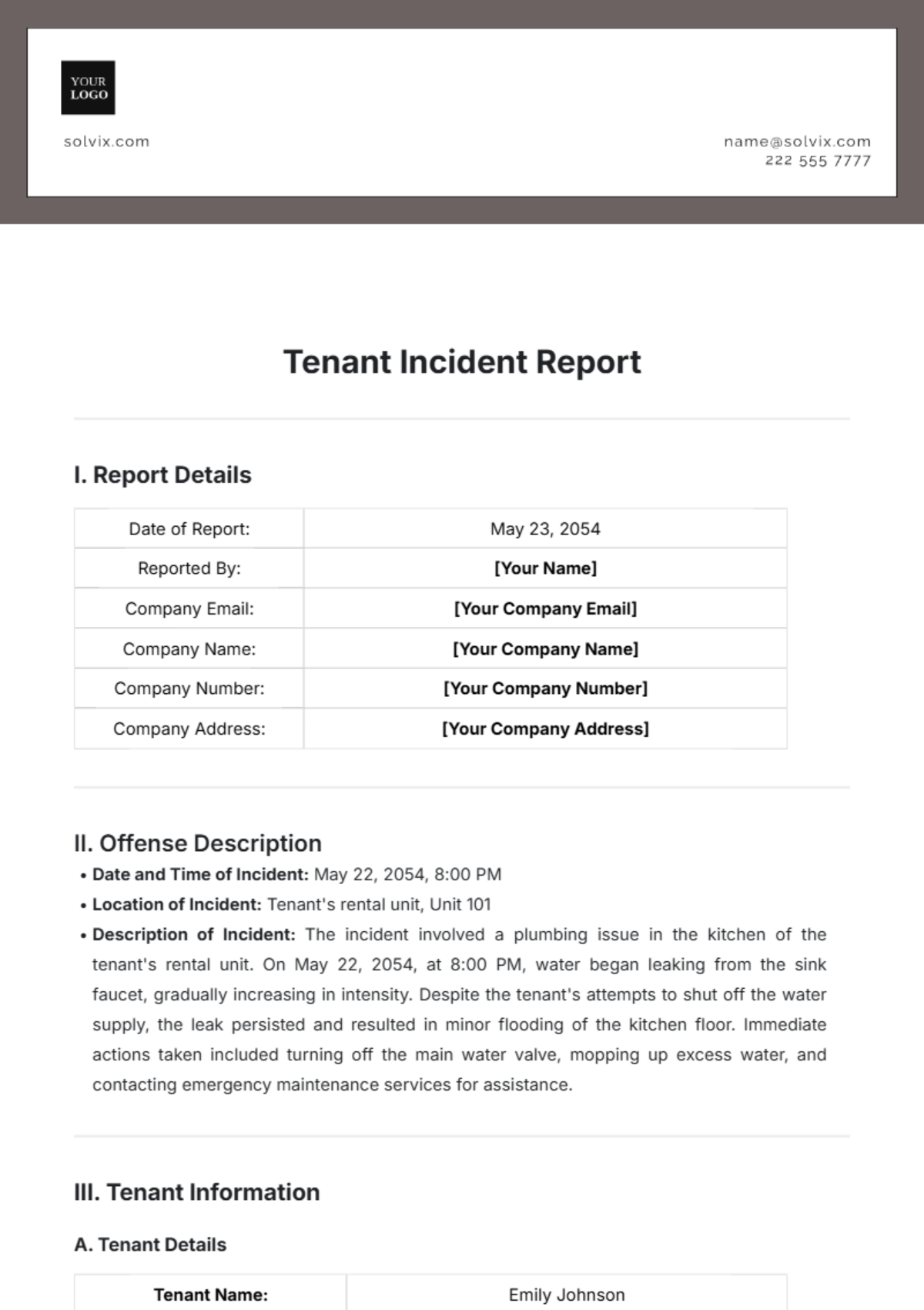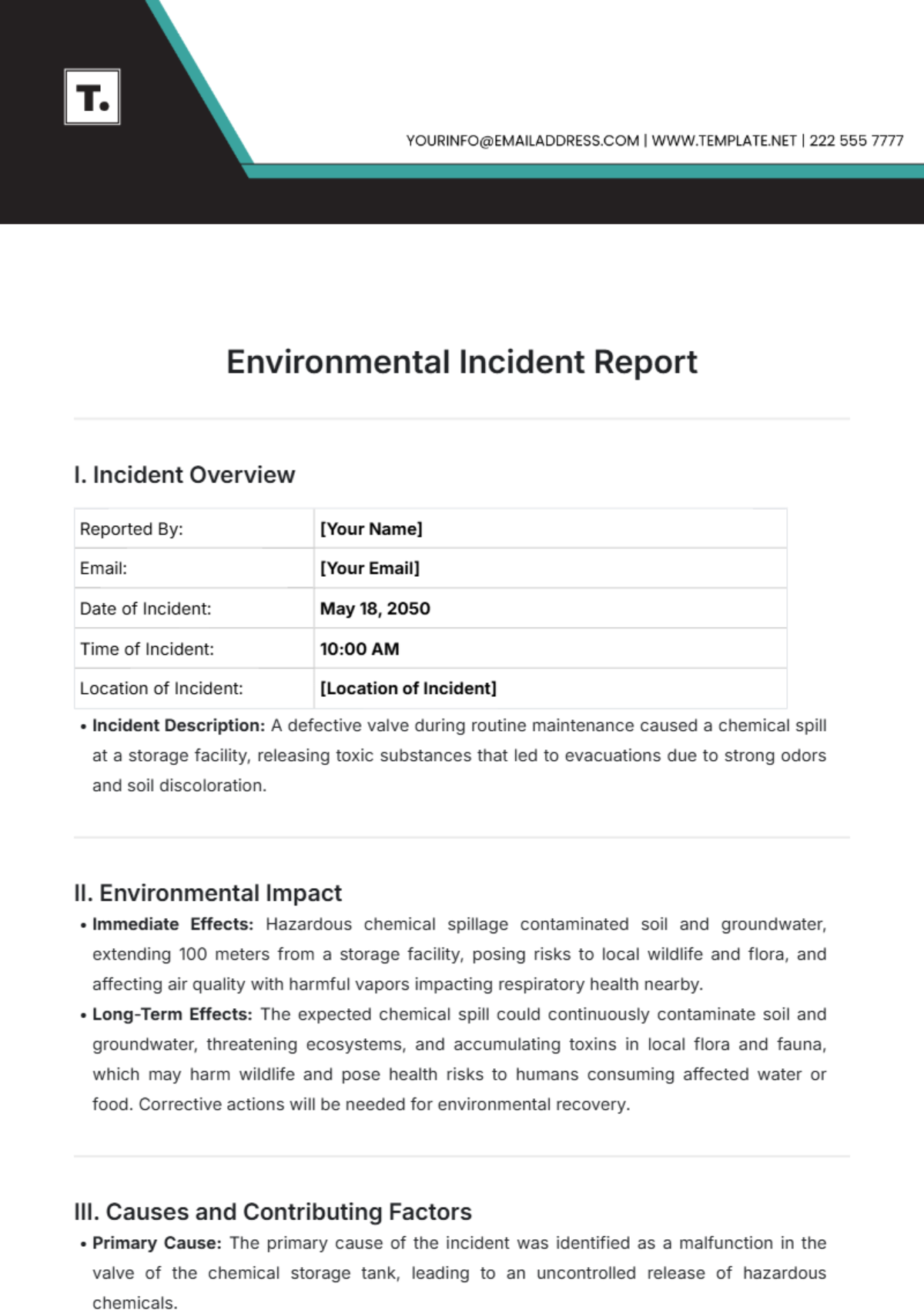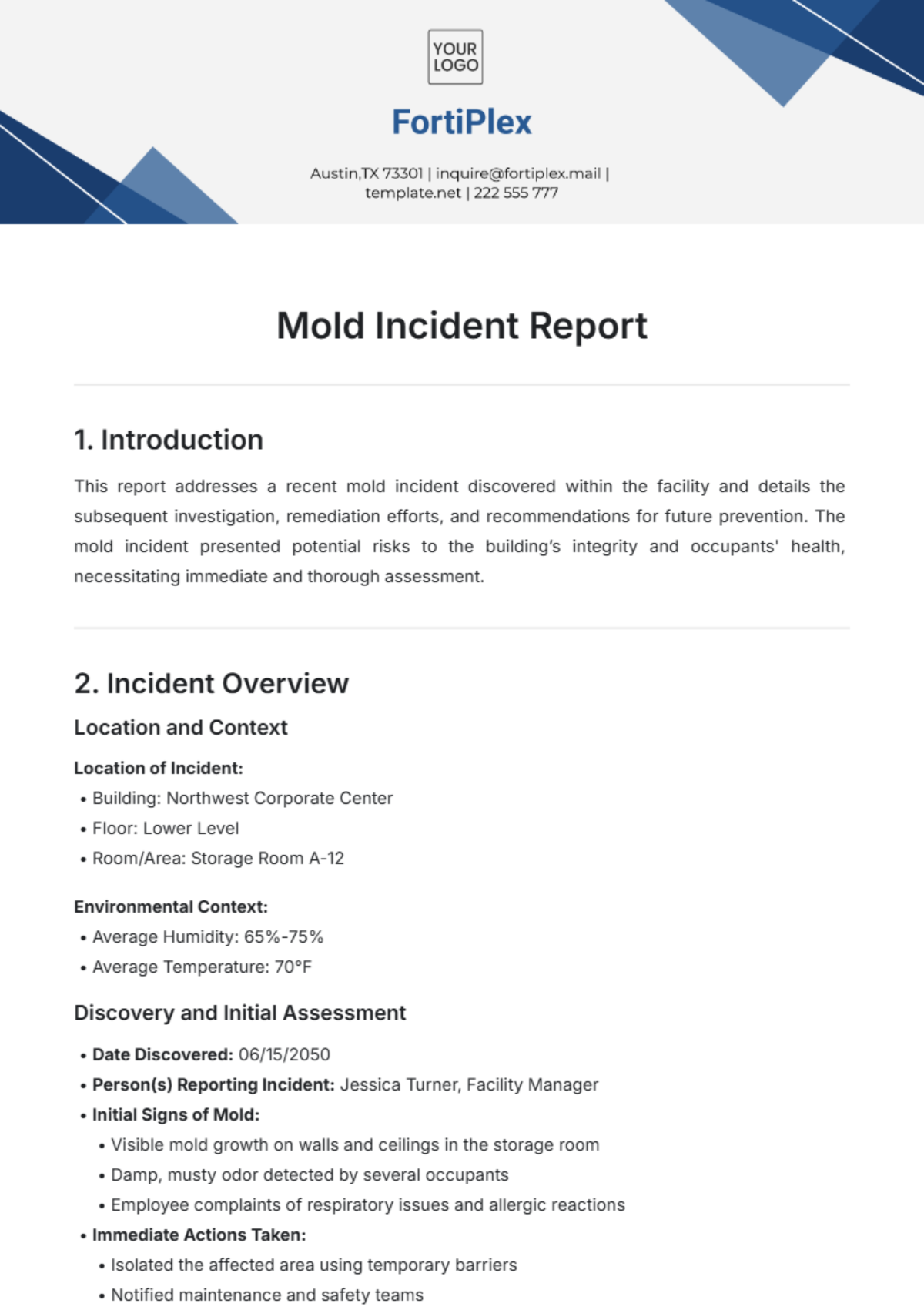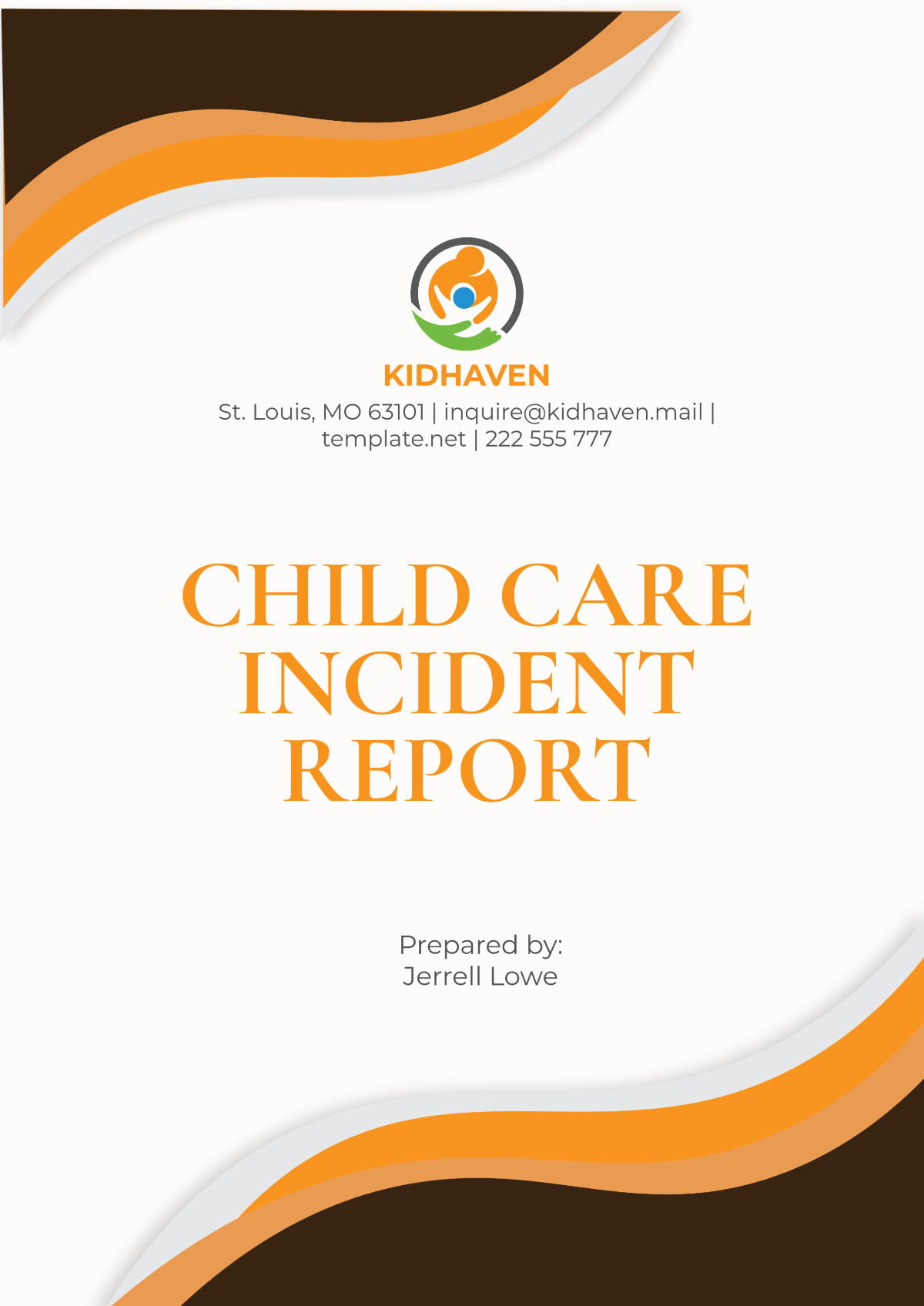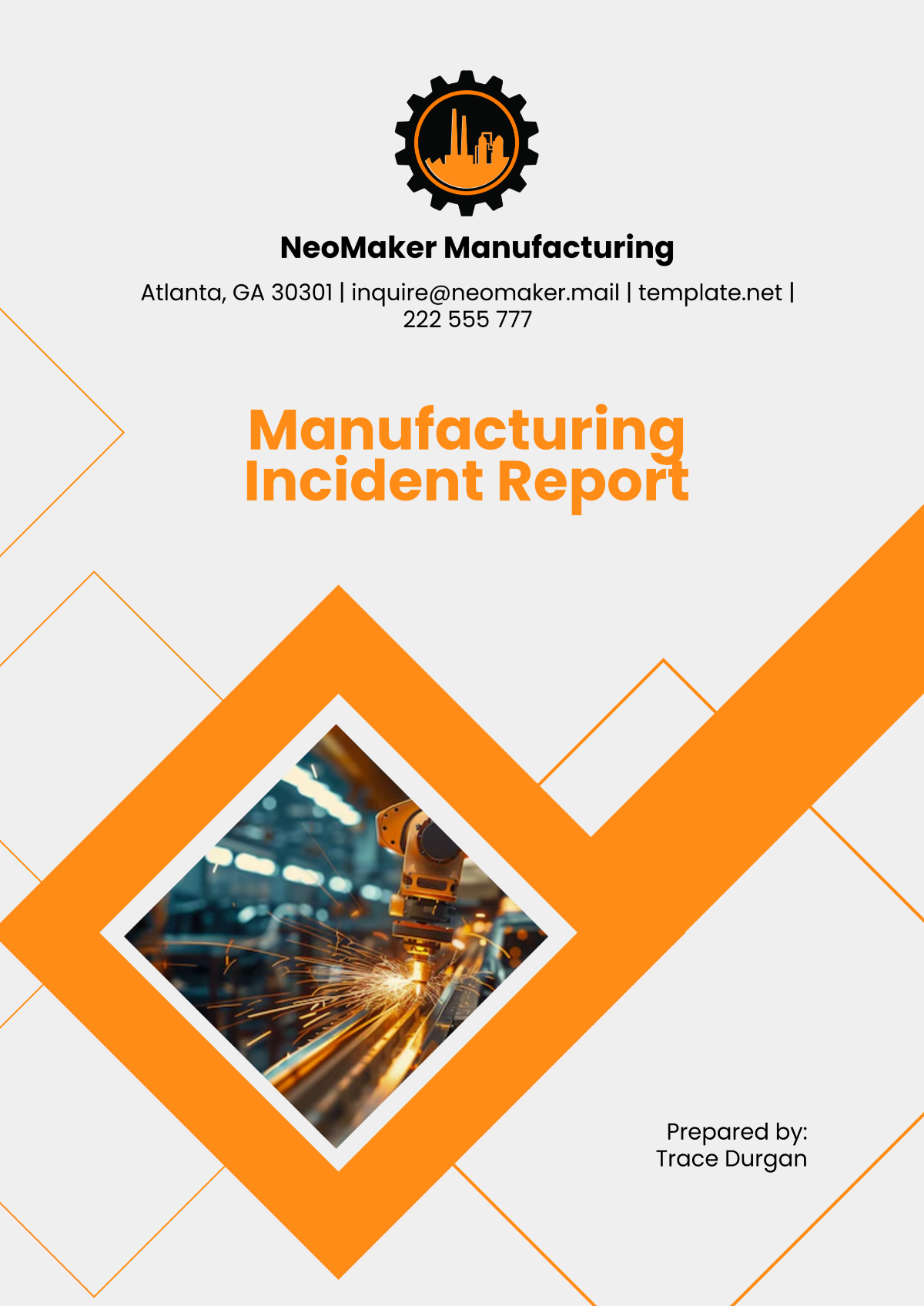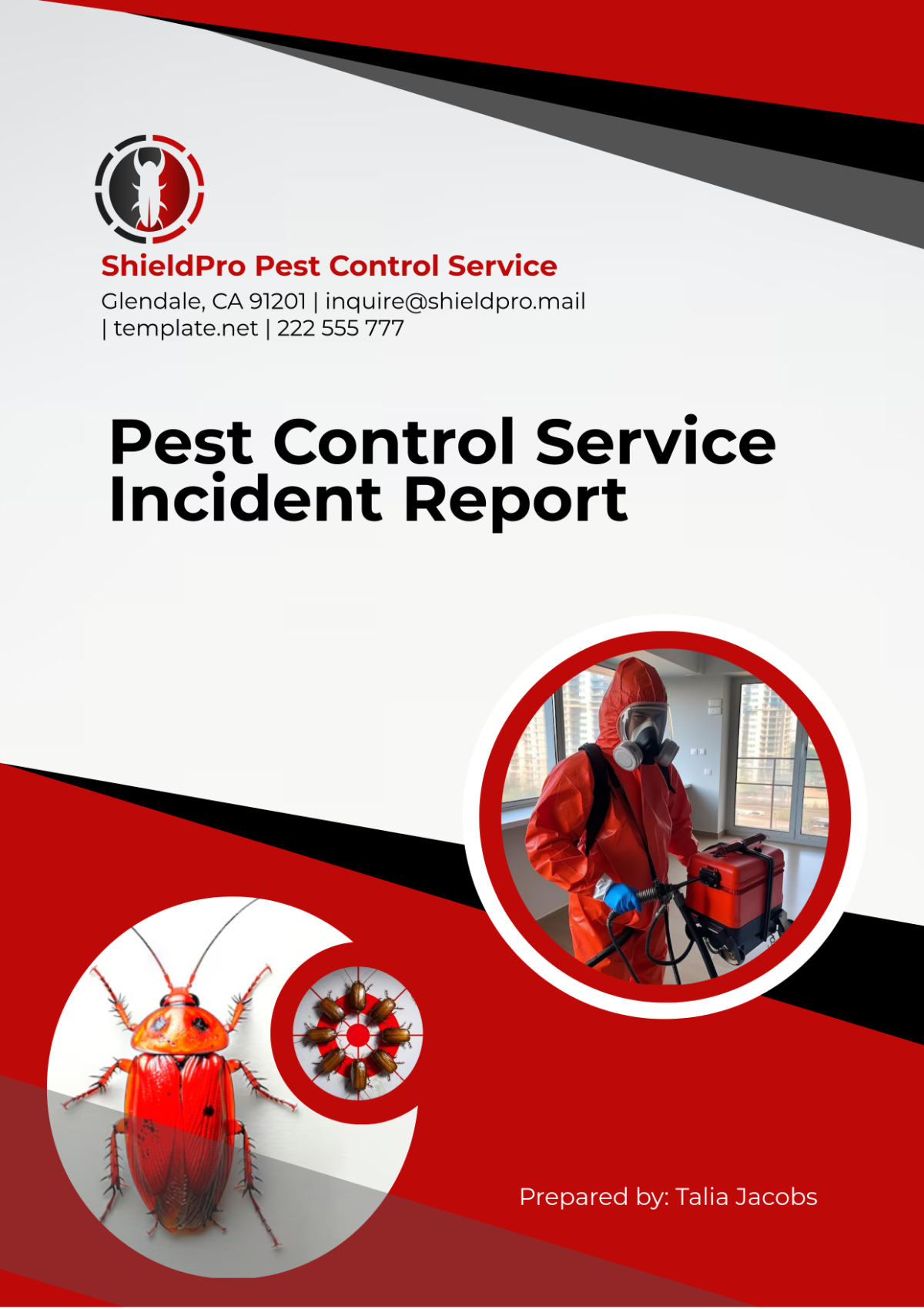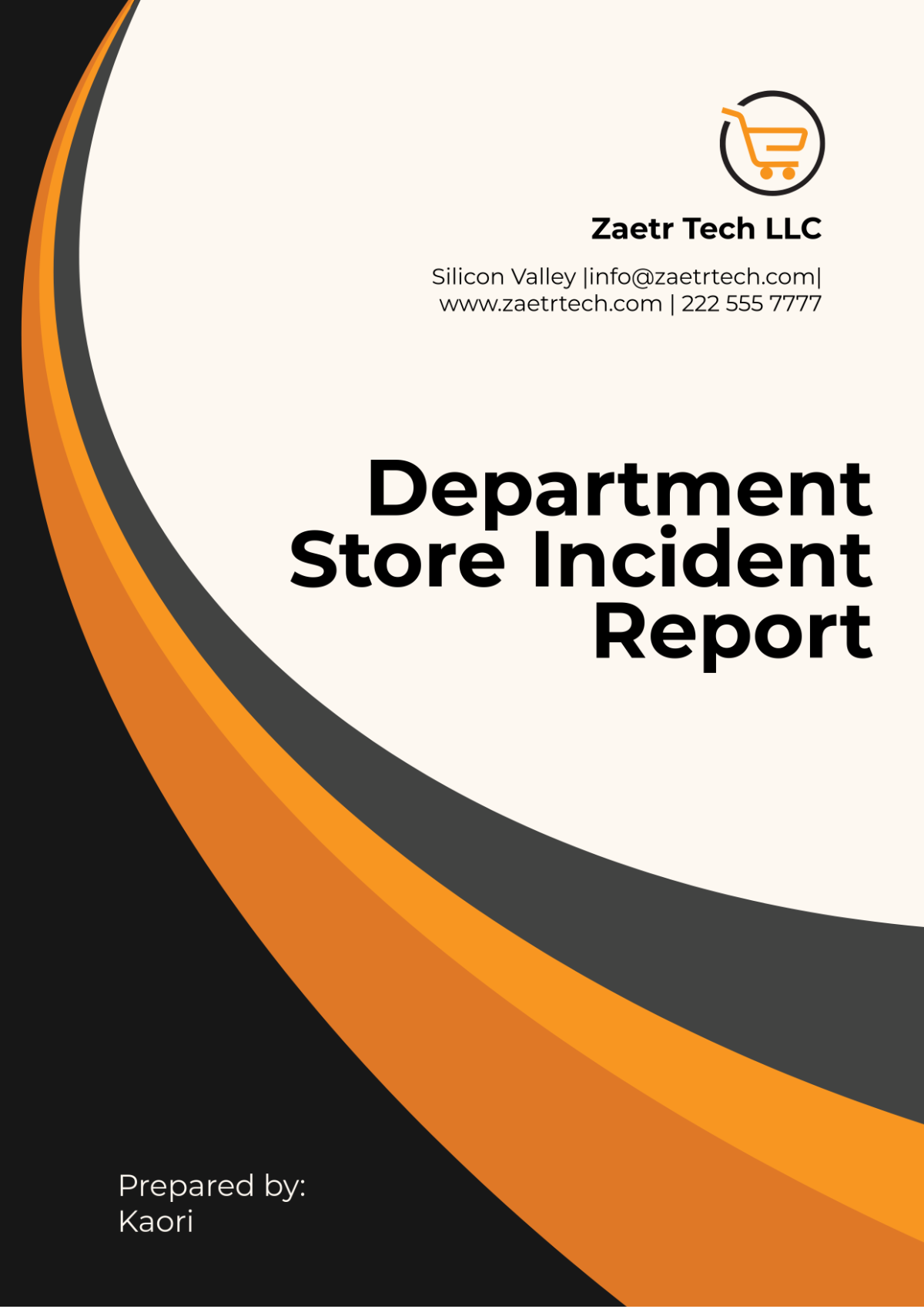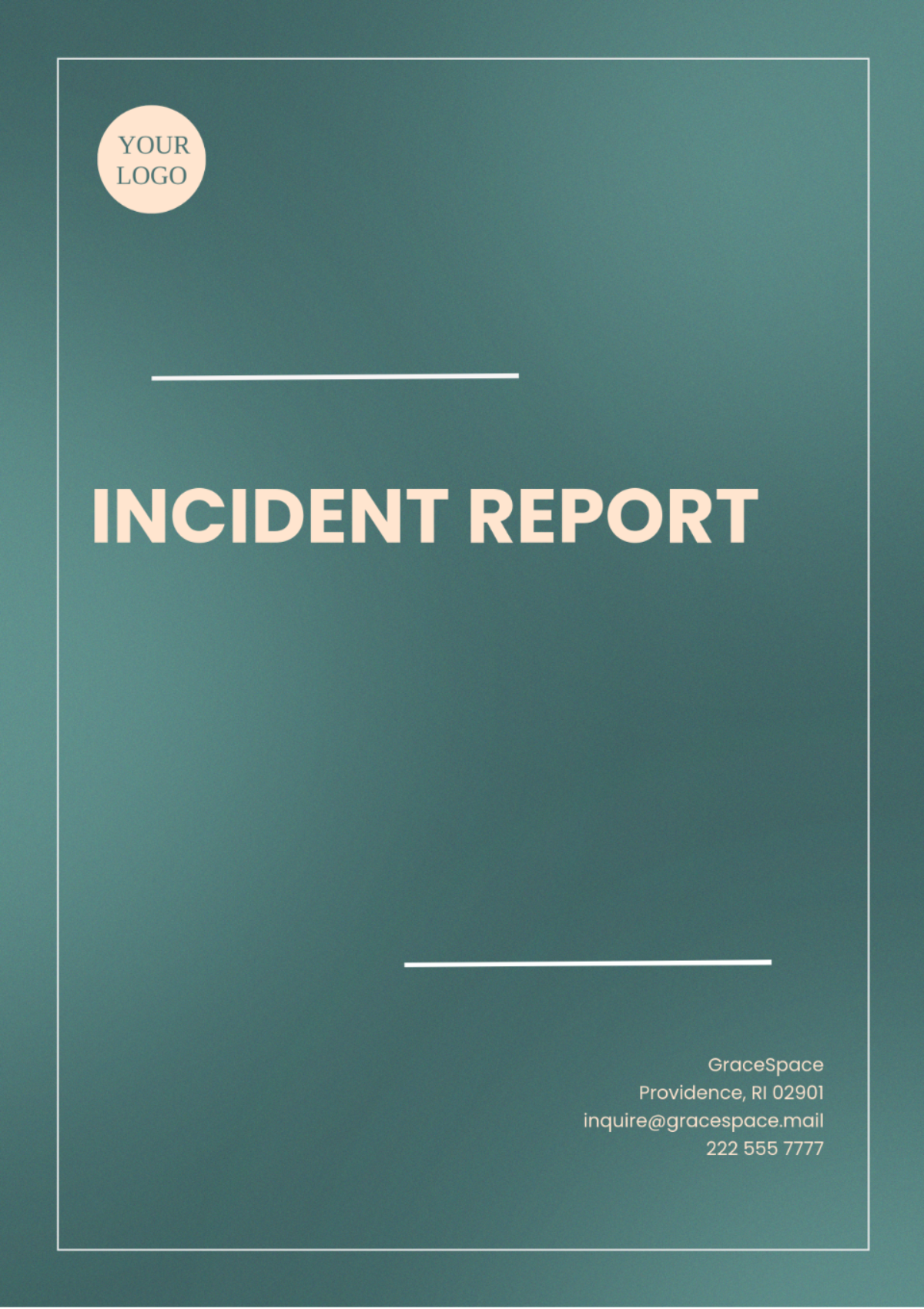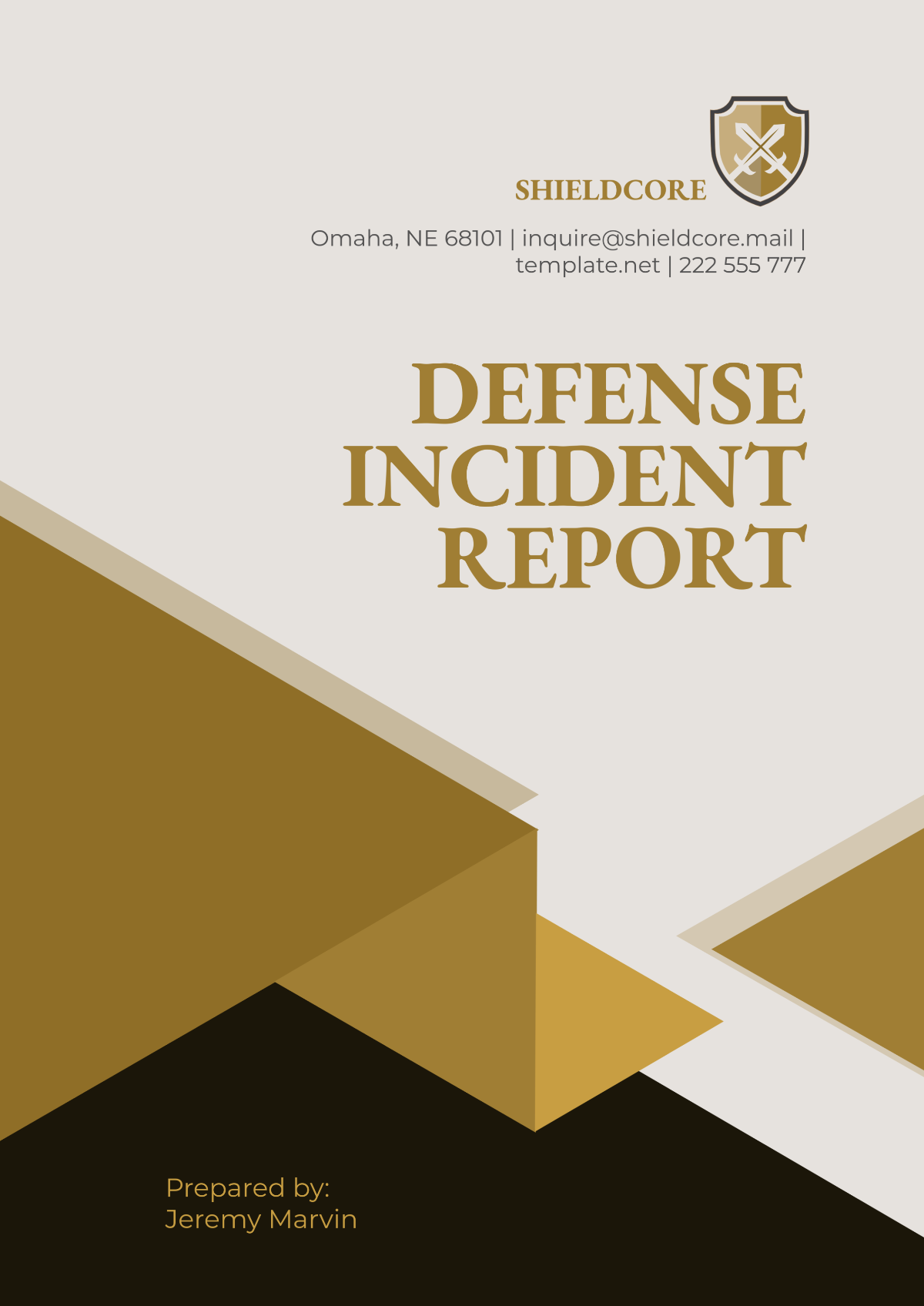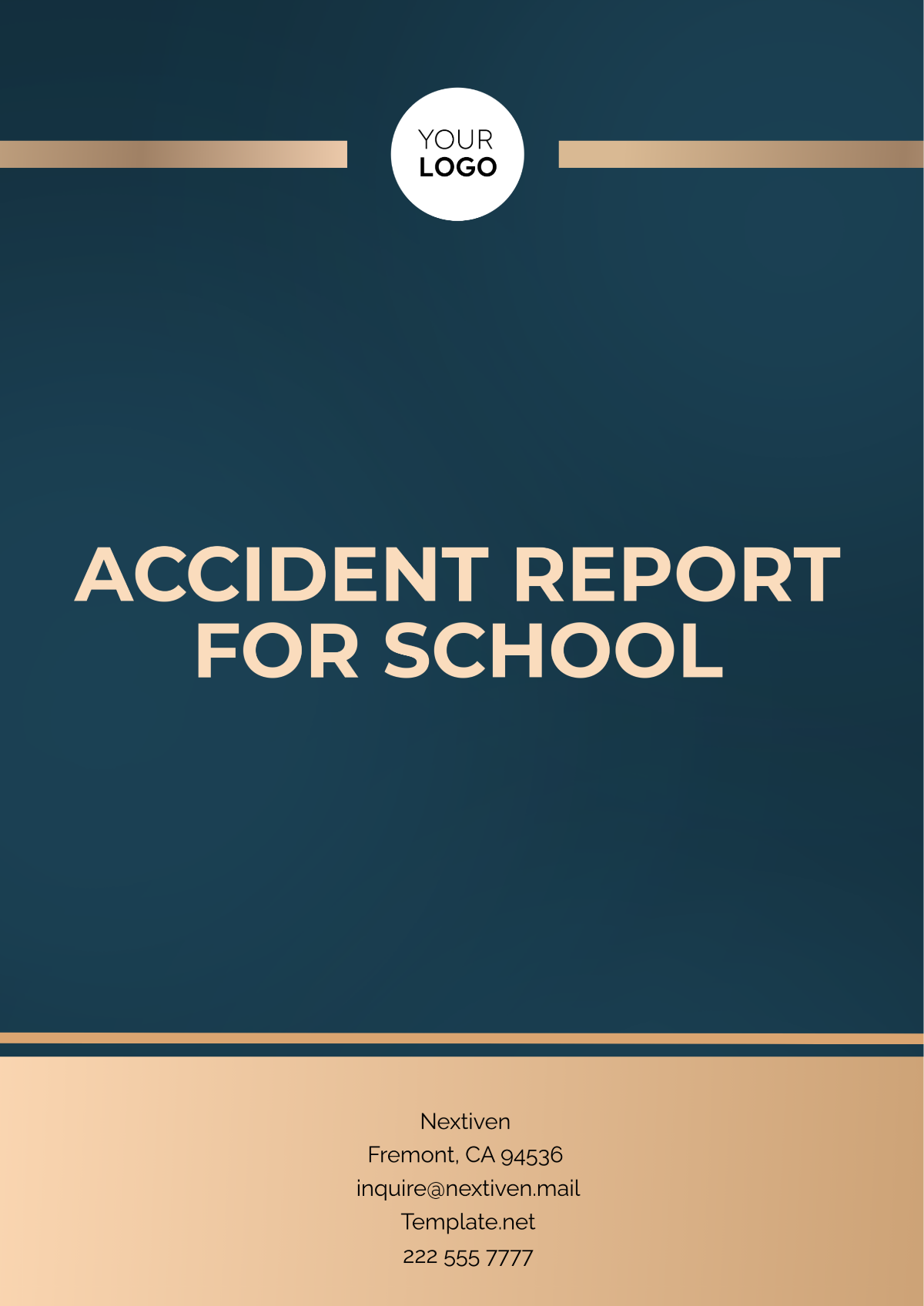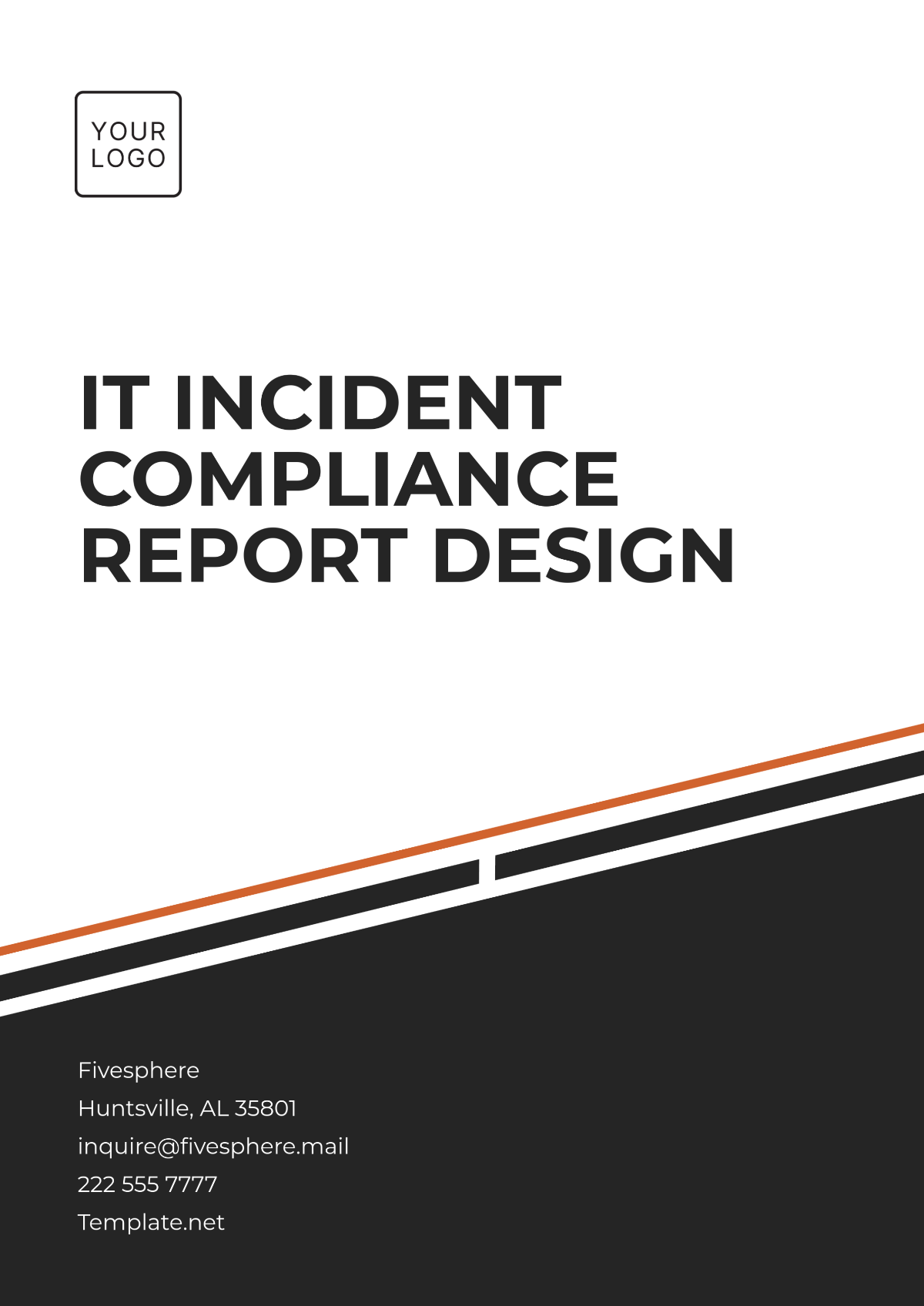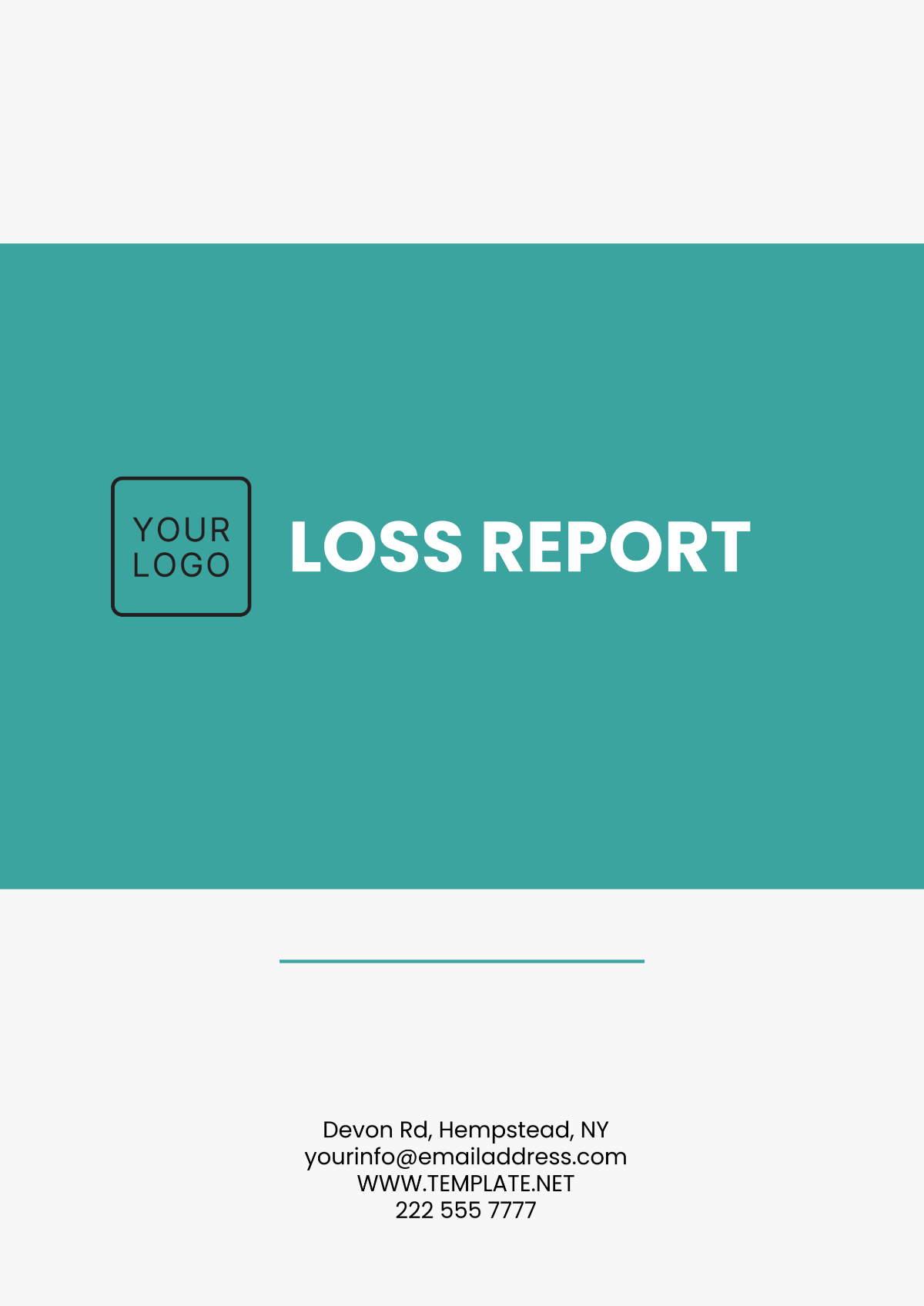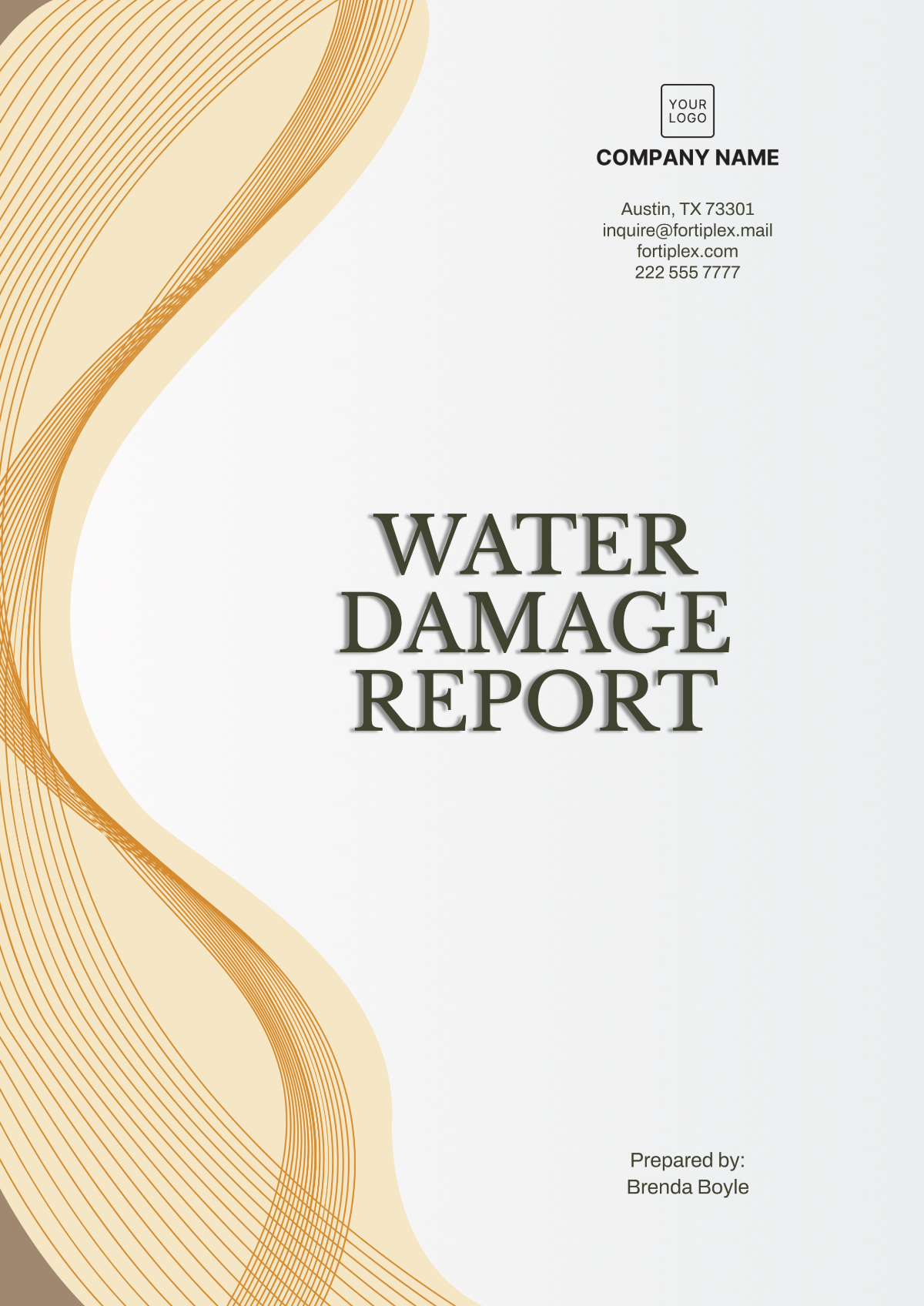Spa Non-Conformance Report
I. Non-Conformance
We have identified a non-conformance related to cleanliness in one of our treatment rooms. During a routine inspection on [Date], it was observed that the room was not cleaned according to our standard operating procedures (SOPs) after the previous client's treatment.
II. Impact Assessment
A. On Customers
This non-conformance could potentially impact customer satisfaction and experience. A dirty treatment room may lead to discomfort and dissatisfaction among clients, affecting their perception of our spa's hygiene standards and overall service quality.
Customers treated in this room during the non-conformance reported an average satisfaction score of 3.5, compared to 4.5 when the room was clean, indicating a decrease of 1.0 in satisfaction. Additionally, customers in the affected room during the non-conformance had an average satisfaction score of 3.5, while customers in other clean rooms had an average score of 4.5, indicating a 1.0 difference.
B. On Operations
The non-conformance has caused a disruption in our operations as the affected treatment room had to be immediately taken out of service for thorough cleaning. This has led to rescheduling of appointments and potential loss of revenue.
As a result, 10 appointments had to be rescheduled, leading to inconvenience for both clients and staff. This disruption has also resulted in a potential loss of revenue amounting to $1,000, considering an average appointment value of $100. Such operational disruptions emphasize the importance of adhering to standard operating procedures to maintain service continuity and avoid financial losses.
C. On Health and Safety
This non-conformance violates the spa's policies and procedures regarding cleanliness and hygiene standards, as outlined in the spa's employee handbook or operations manual. Specifically, it breaches the sections detailing the cleaning protocols for treatment rooms, which likely include guidelines for cleaning between clients to maintain a clean and sanitary environment. This violation indicates a failure to adhere to established standards, compromising the spa's commitment to providing a safe and hygienic environment for treatments.
From a regulatory standpoint, this non-conformance likely violates various health and safety regulations applicable to spas in the United States. For example, the Occupational Safety and Health Administration (OSHA) requires employers to provide a safe and healthy workplace, which includes maintaining cleanliness and sanitation standards to prevent the spread of infections. Additionally, state health codes often have specific requirements for cleanliness in establishments that provide personal services, such as spas, to protect public health and safety.
D. Financial Impact
The financial impact of this non-conformance includes the cost of additional cleaning, potential loss of revenue from canceled appointments, and possible reputational damage resulting in loss of future business.
Description | Cost ($) |
|---|---|
Additional Cleaning | 200 |
Loss of Revenue (10 appts) | 1000 |
Total | 1200 |
III. Root Cause Analysis
The root cause of this non-conformance was determined to be multifaceted, with underlying issues in staff training, supervision, and procedural adherence. A comprehensive analysis revealed that inadequate staff training and supervision were significant contributing factors. The staff responsible for cleaning the treatment room lacked a thorough understanding of the standard operating procedures (SOPs) for room cleanliness and maintenance. This indicates a gap in initial training and ongoing supervision, highlighting a need for improved training programs and regular performance evaluations.
Furthermore, the analysis identified shortcomings in the clarity and accessibility of the SOPs themselves. The existing procedures may not have been sufficiently detailed or easily accessible to staff, leading to misunderstandings and inconsistent adherence. This suggests a need for revising and standardizing the SOPs to ensure clarity and ease of use for all staff members.
Additionally, the root cause analysis revealed potential issues in the culture of accountability and oversight within the spa. There may have been a lack of effective monitoring and supervision of staff activities, allowing deviations from SOPs to go unnoticed or unaddressed. This highlights the importance of fostering a culture of accountability and providing supervisors with the tools and resources to effectively monitor and enforce compliance with SOPs.
IV. Corrective Actions
Immediate corrective actions taken to address this non-conformance include:
Thorough Cleaning and Disinfection of the Affected Treatment Room: The treatment room was immediately taken out of service and underwent thorough cleaning and disinfection according to the spa's standard operating procedures (SOPs). This involved the use of appropriate cleaning agents and techniques to ensure the room was safe and hygienic for future use. Additionally, an inspection was conducted to verify that the room met the spa's cleanliness standards before being put back into service.
Re-training of Staff on Proper Cleaning Procedures: All cleaning staff involved in the non-conformance were re-trained on the spa's cleaning procedures. This training included a review of the SOPs, hands-on practice of cleaning techniques, and a discussion of the importance of adhering to cleanliness standards. The training was conducted by a senior staff member or supervisor to ensure clarity and understanding.
Increased Supervision of Cleaning Staff: To prevent future non-conformances, the spa implemented increased supervision of cleaning staff. This involved assigning a senior staff member or supervisor to oversee cleaning activities and ensure compliance with SOPs. Supervisors conducted regular spot checks and inspections to monitor cleanliness levels and provide immediate feedback and guidance to staff.
V. Preventive Actions
To prevent similar non-conformances in the future, we have implemented the following preventive measures:
Enhanced Training for All Staff: All staff members, including cleaning staff and treatment providers, underwent enhanced training on cleaning procedures and hygiene standards. The training emphasized the importance of adherence to SOPs and best practices for maintaining cleanliness in treatment rooms. Training sessions were interactive, allowing staff to ask questions and clarify any uncertainties.
Regular Audits and Inspections: The spa instituted a schedule of regular audits and inspections of treatment rooms to ensure compliance with cleanliness standards. These audits are conducted by a designated team or supervisor who checks for adherence to SOPs, cleanliness of equipment, and overall hygiene. Any issues identified during audits are addressed promptly through retraining or corrective actions.
Review and Update of SOPs: The spa conducted a thorough review of its SOPs for cleaning procedures and hygiene standards. Based on lessons learned from the non-conformance incident, the SOPs were updated to incorporate any necessary revisions or clarifications. The updated SOPs were communicated to all staff members and made easily accessible for reference.
VI. Conclusion
We have addressed the non-conformance related to cleanliness in the treatment room promptly and effectively. Through corrective actions and preventive measures, we are committed to upholding the highest standards of cleanliness and hygiene in our spa to ensure the safety and satisfaction of our clients.
